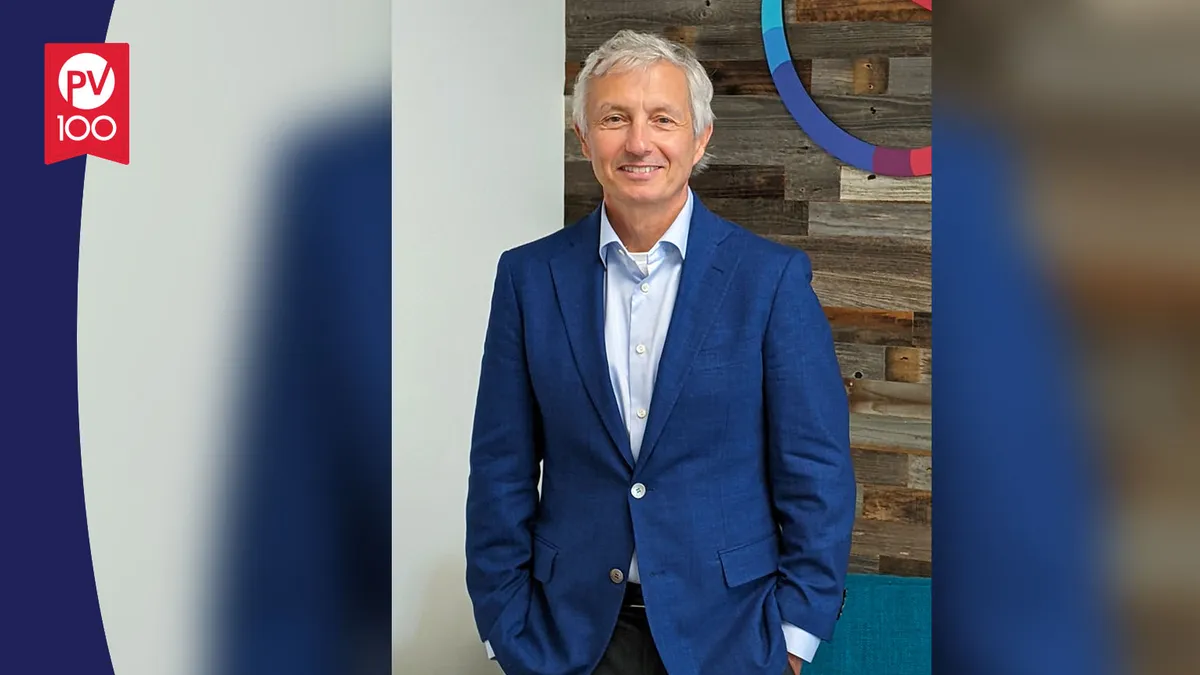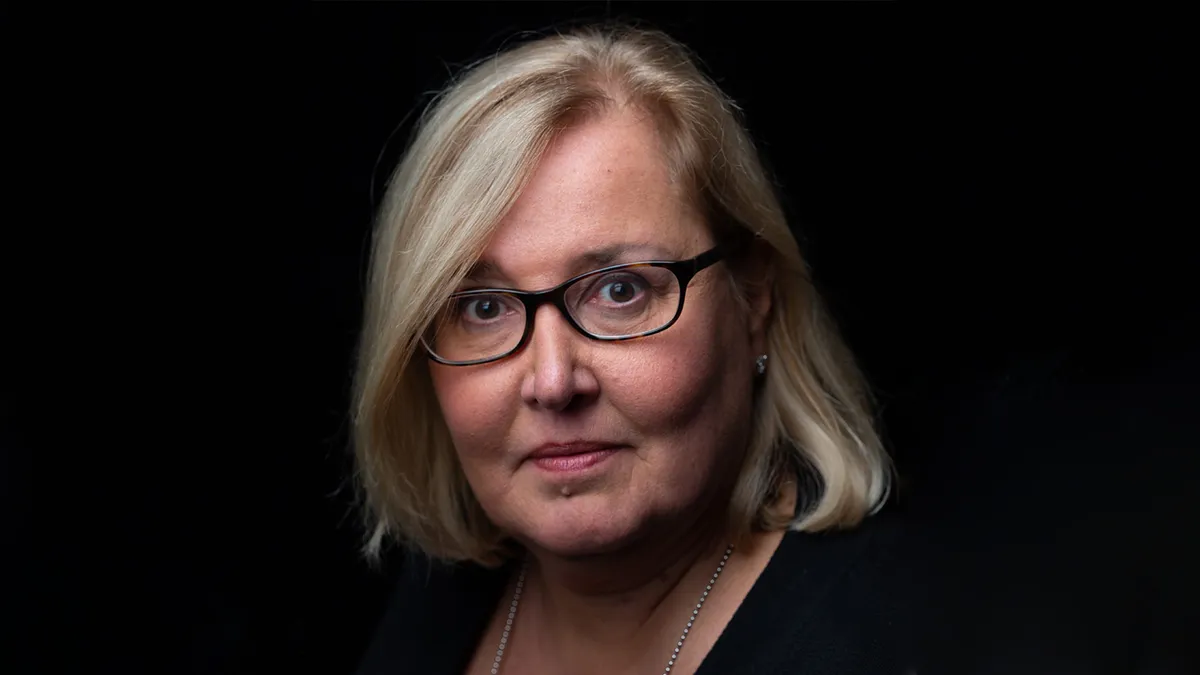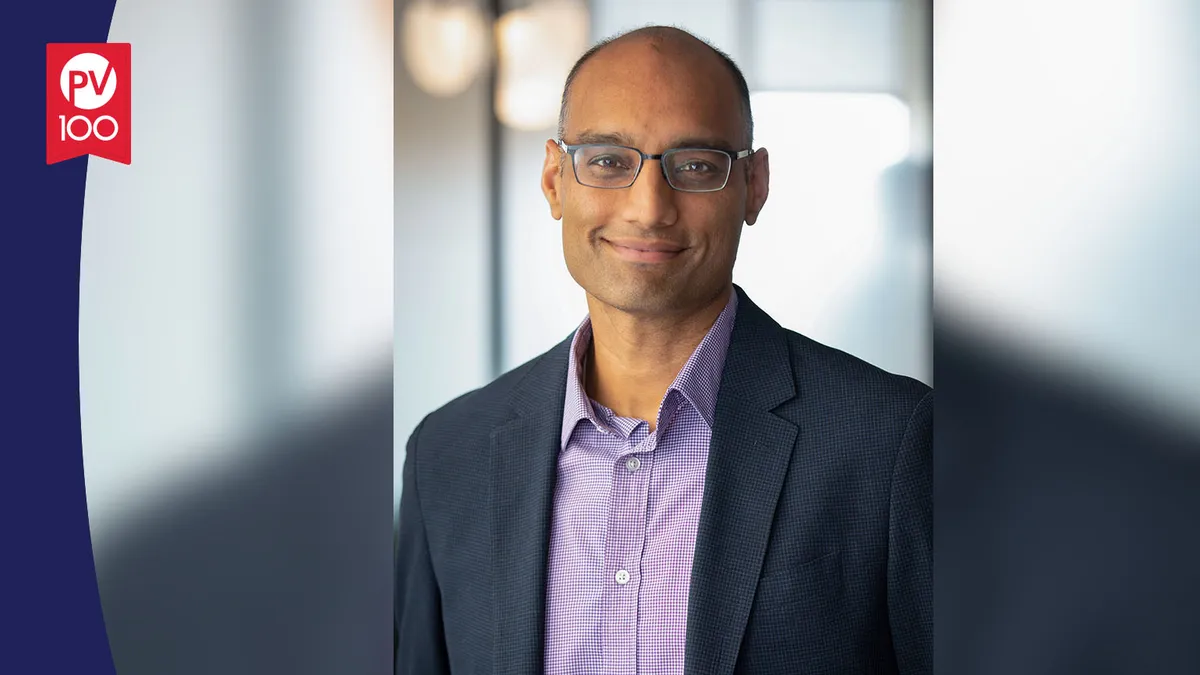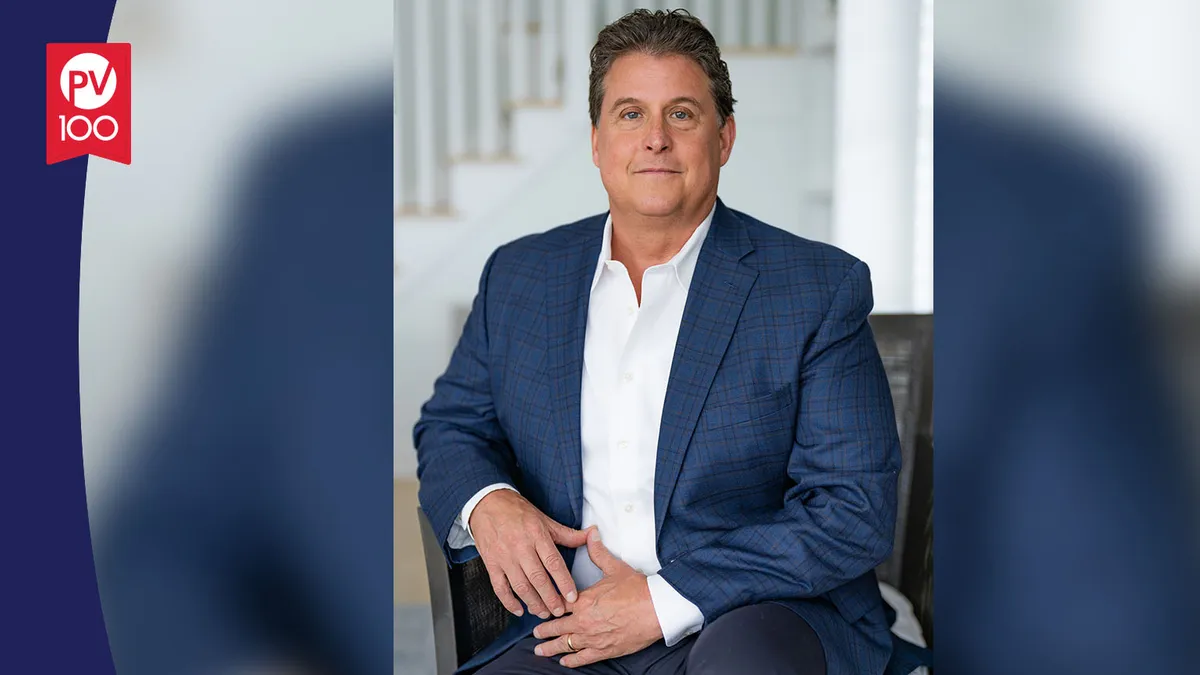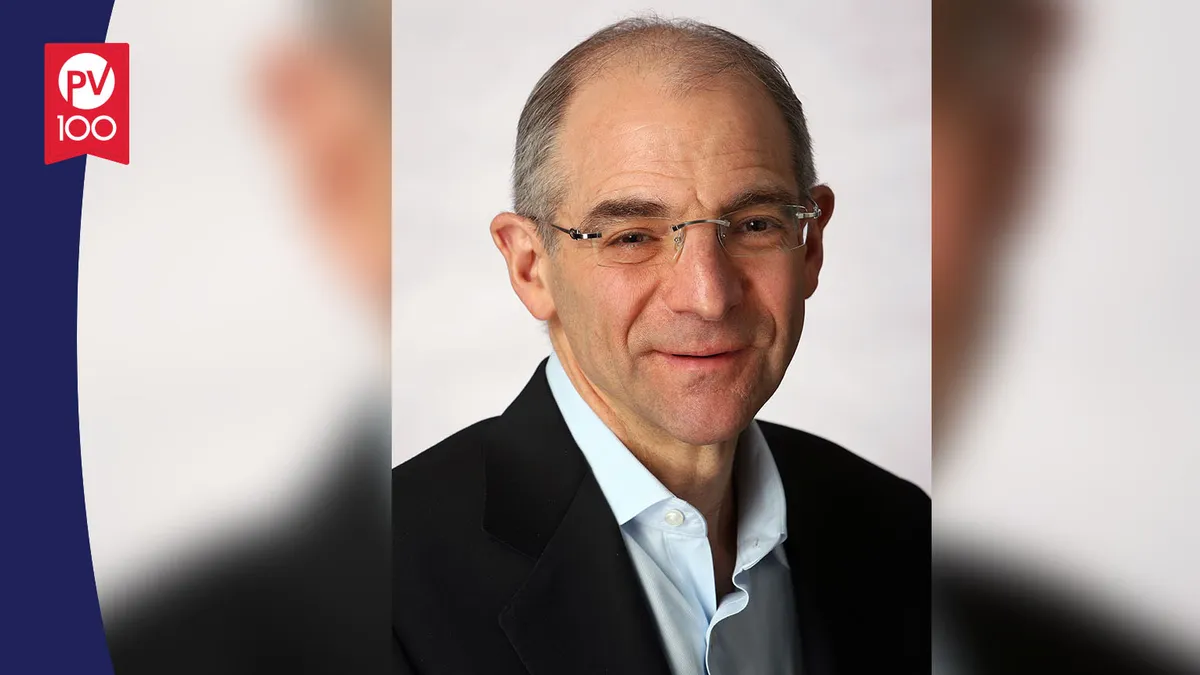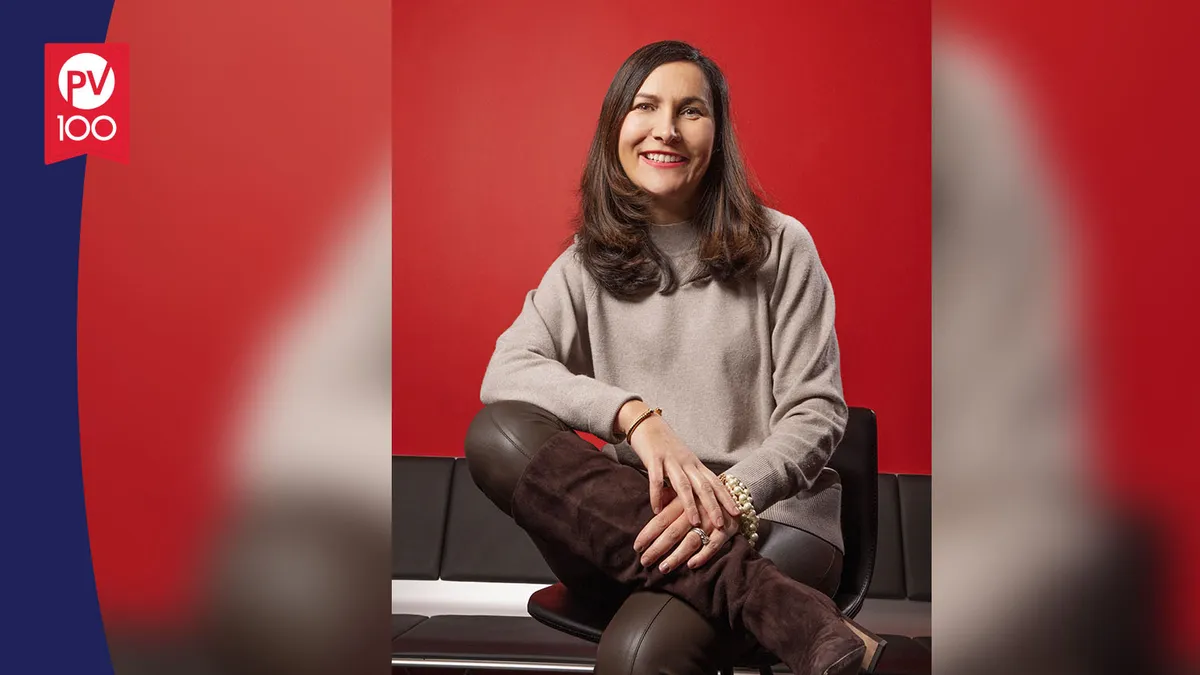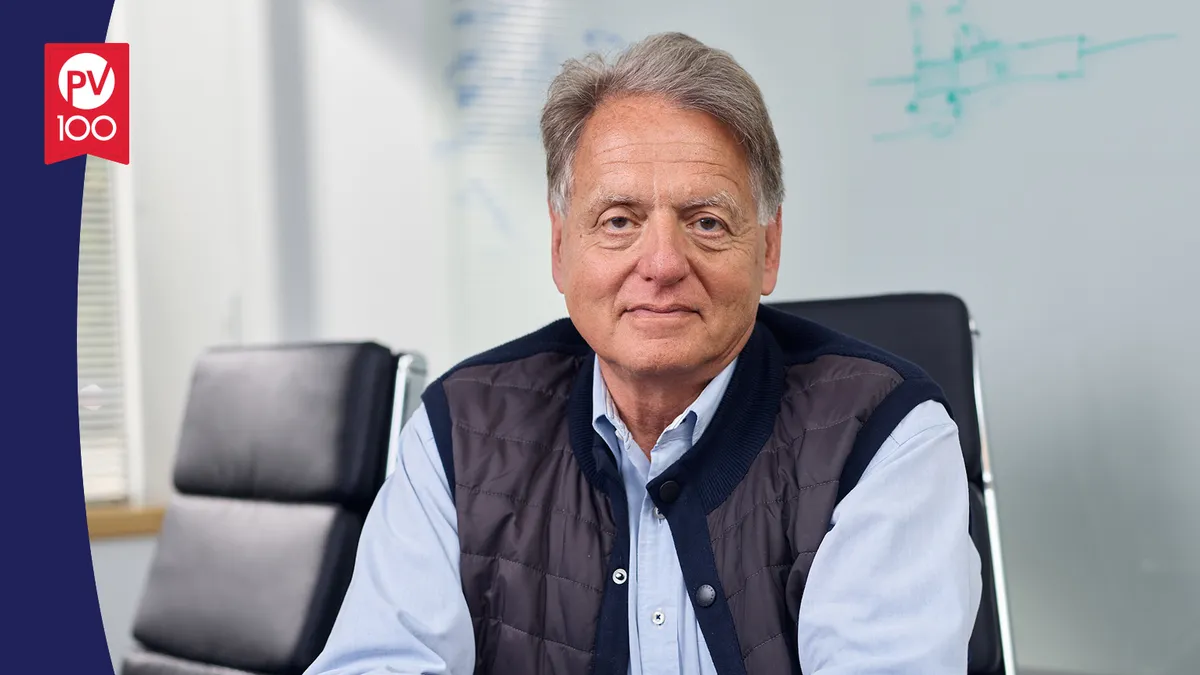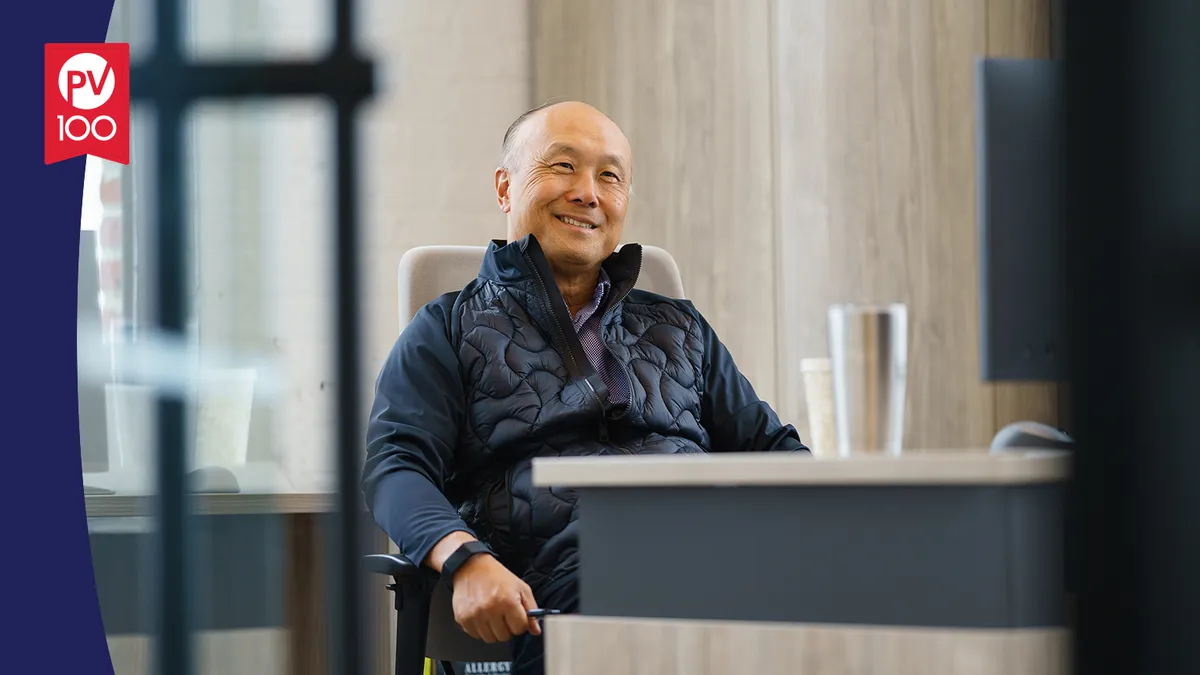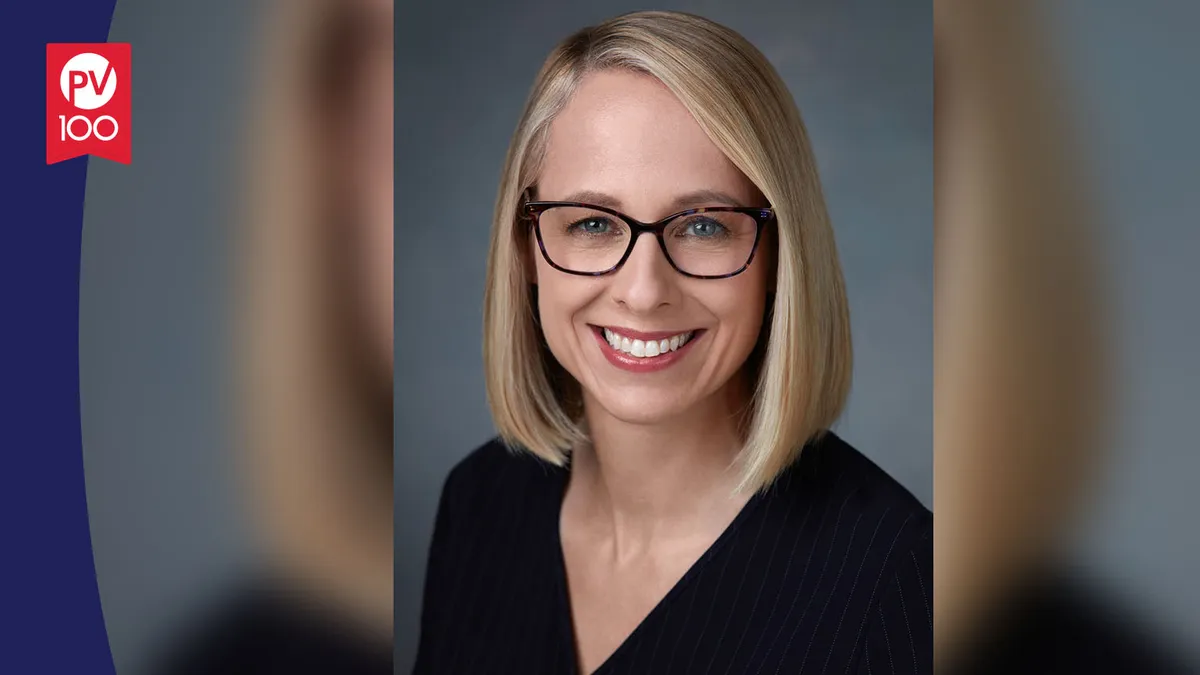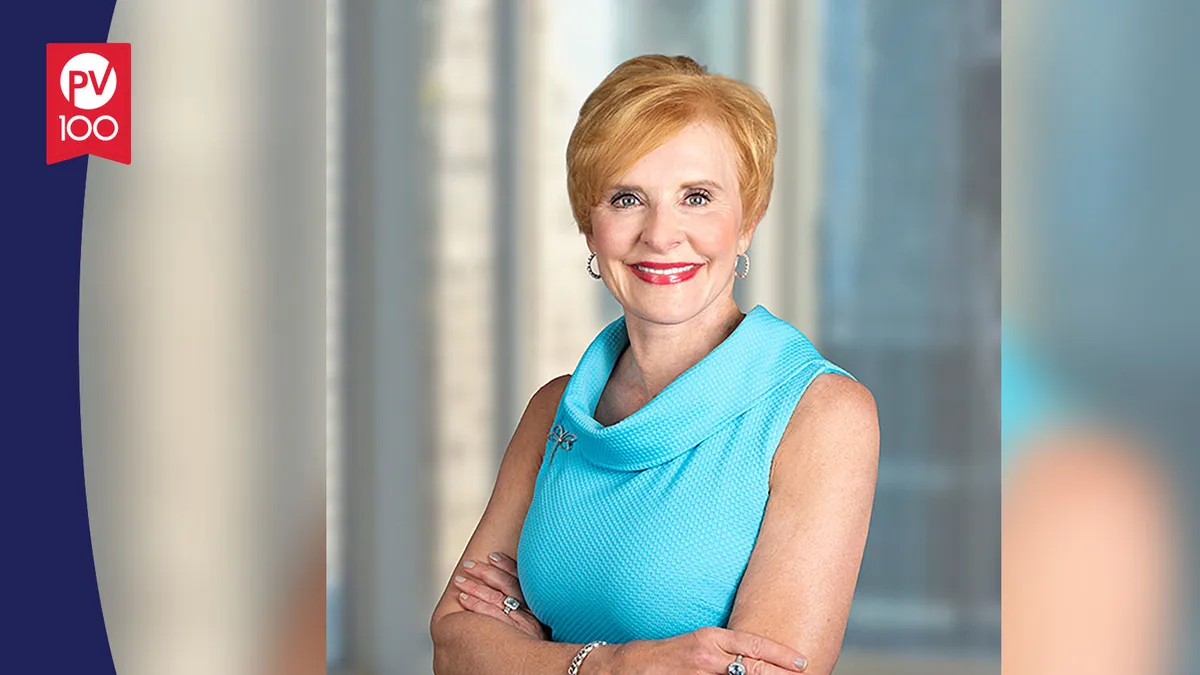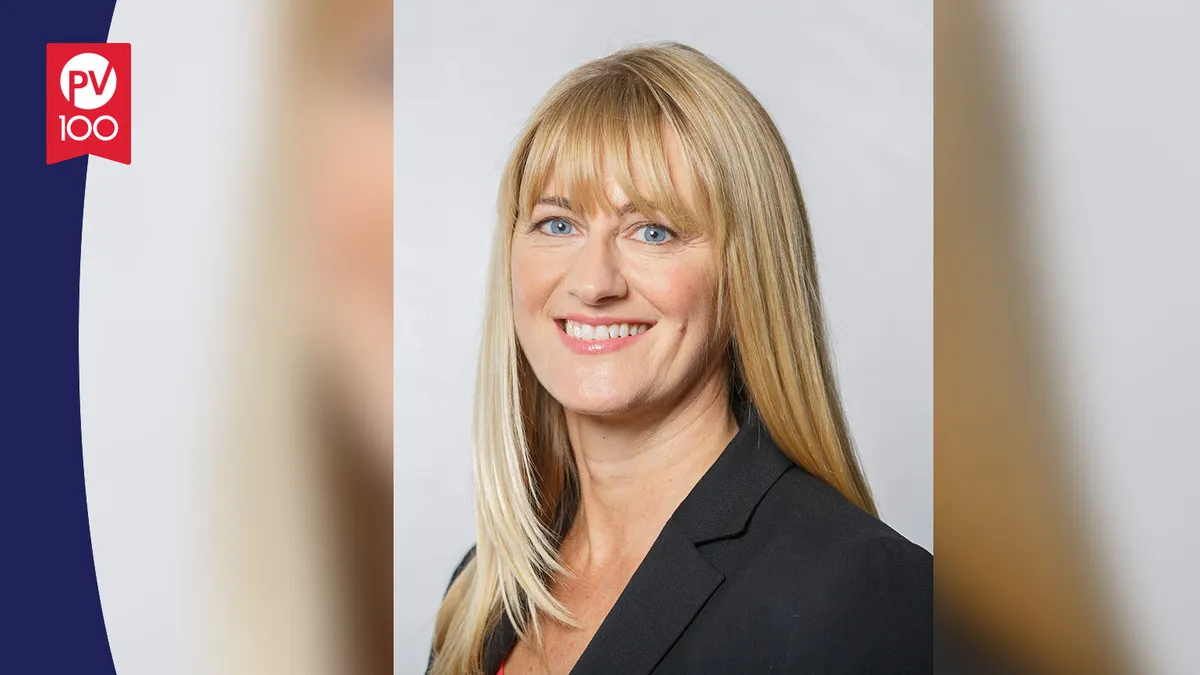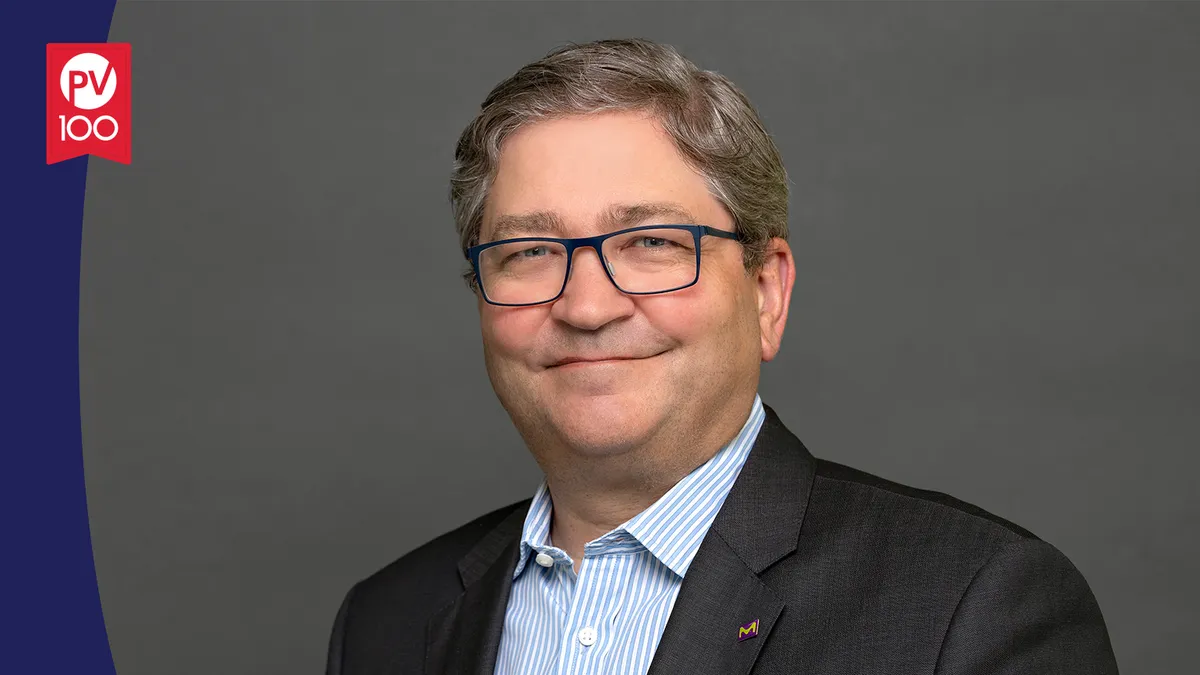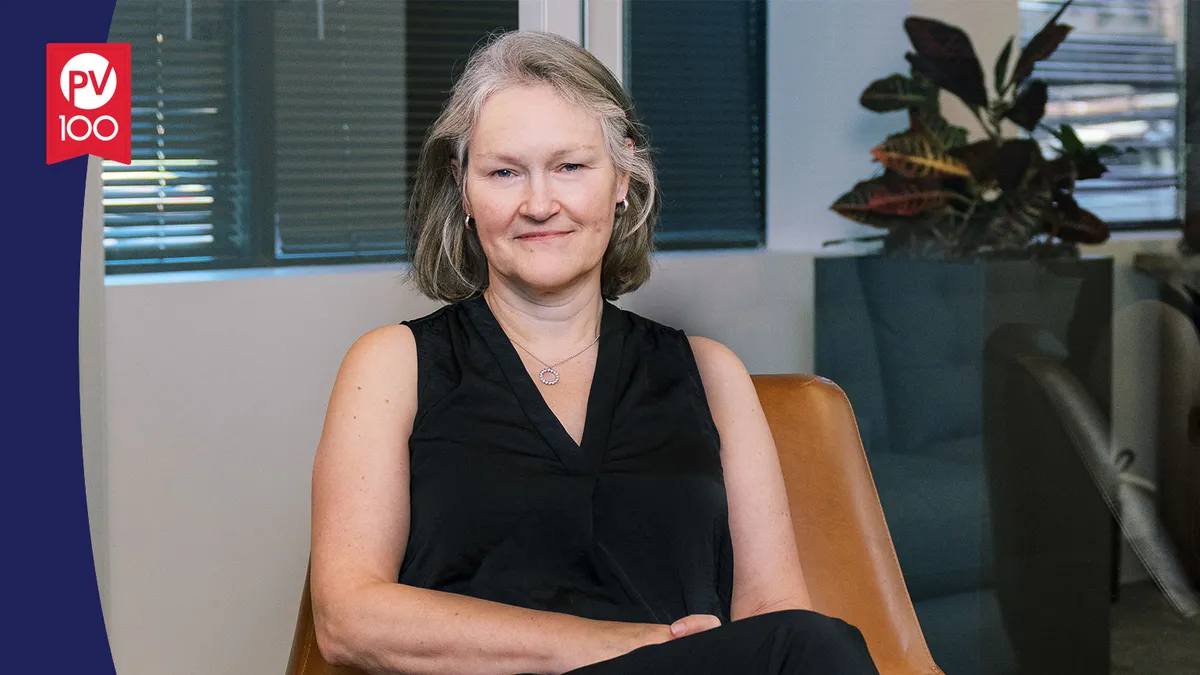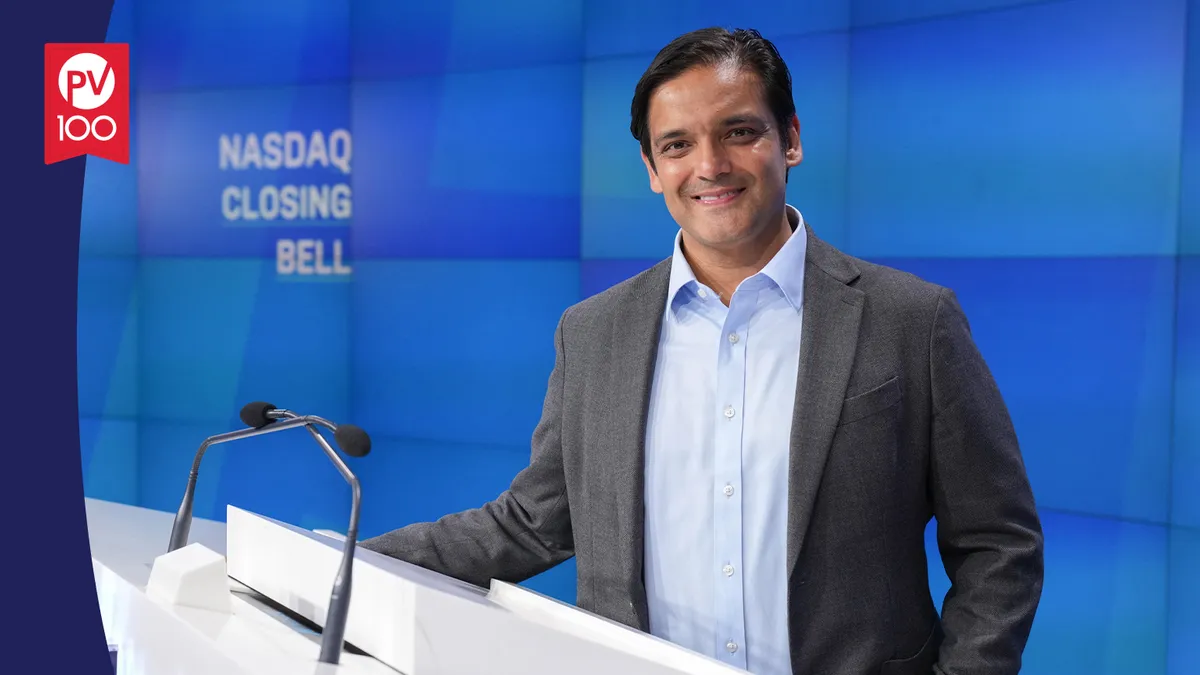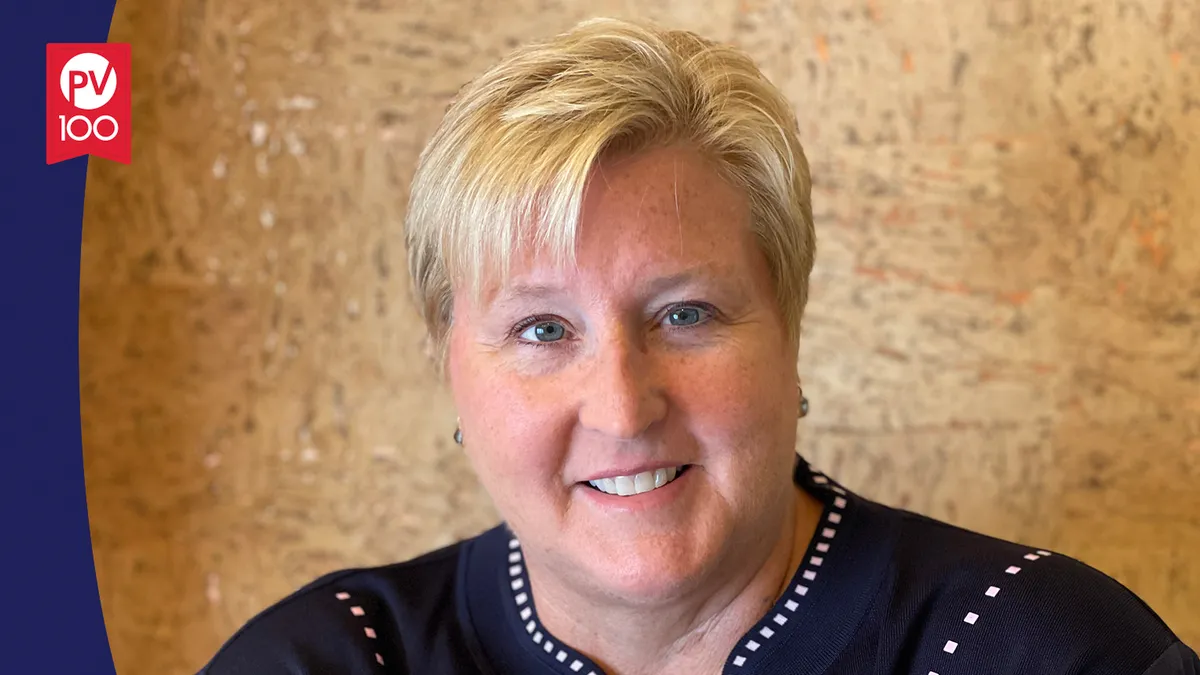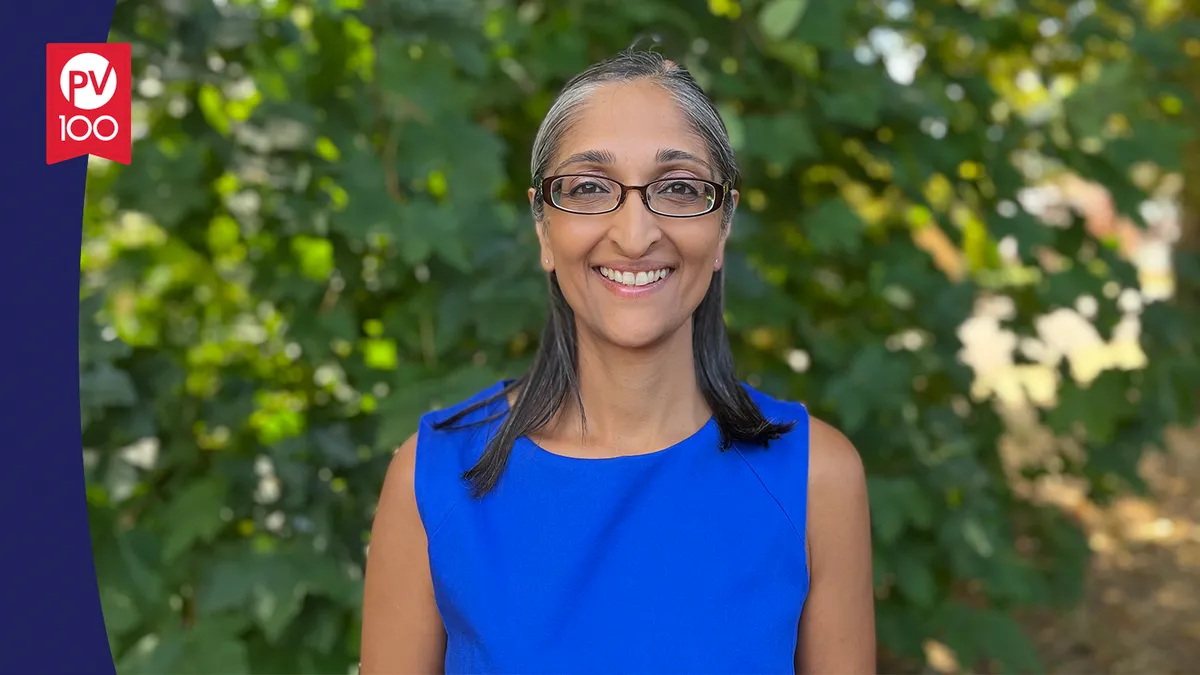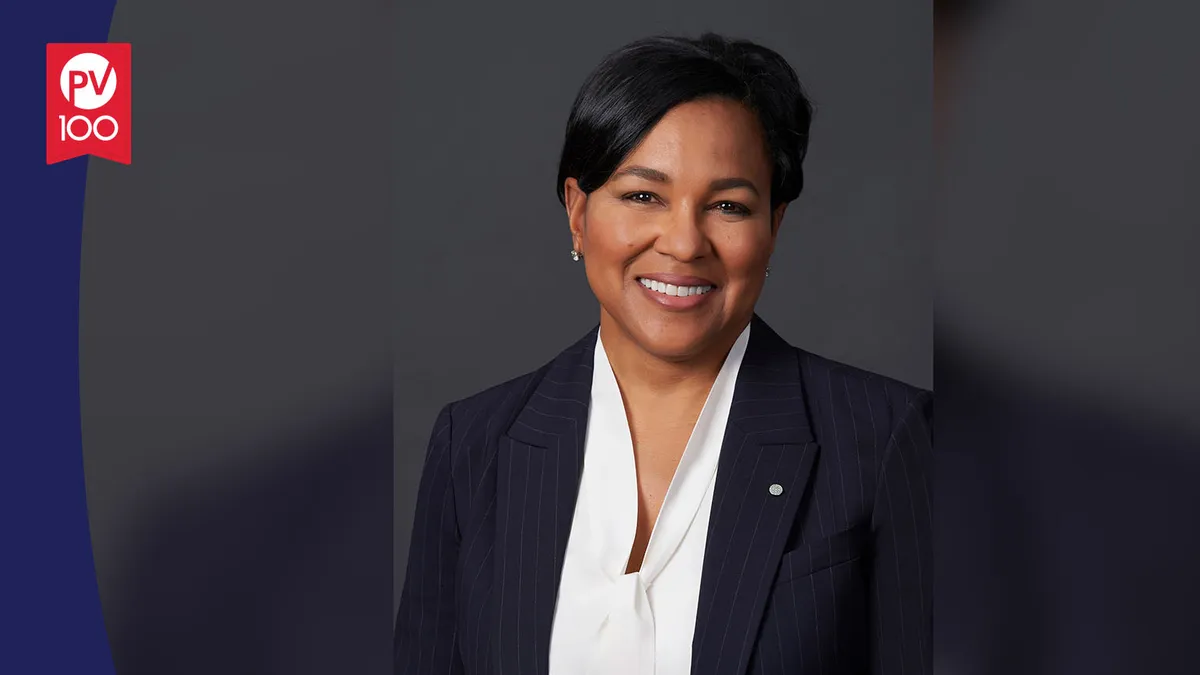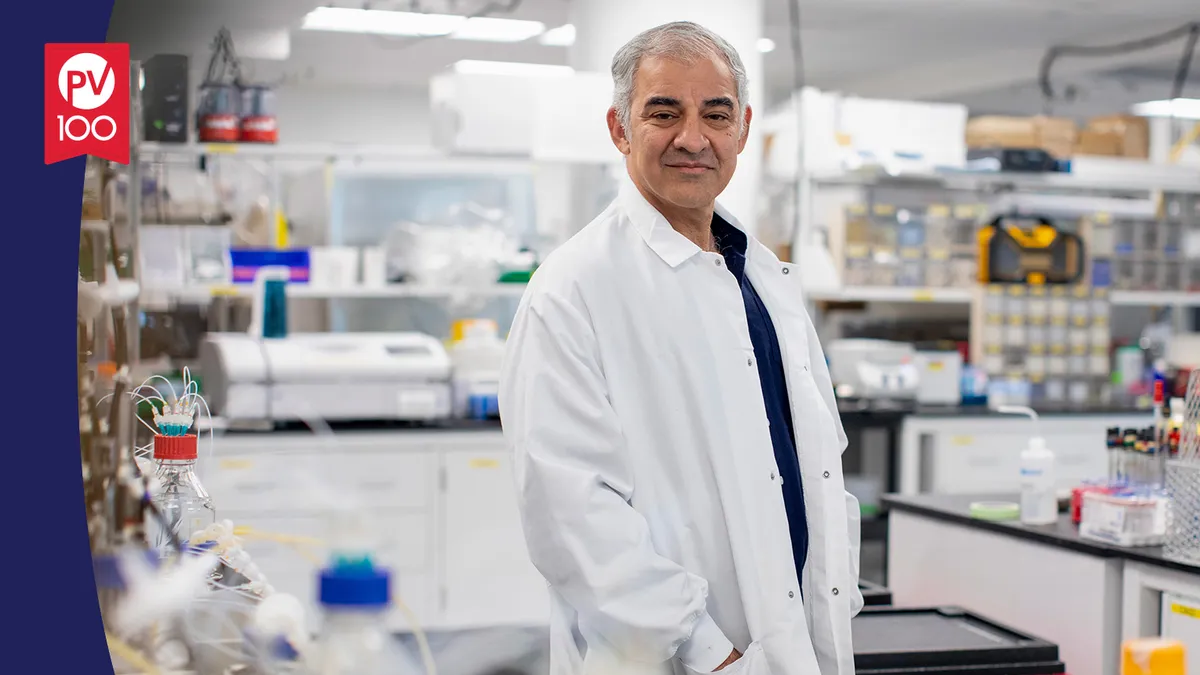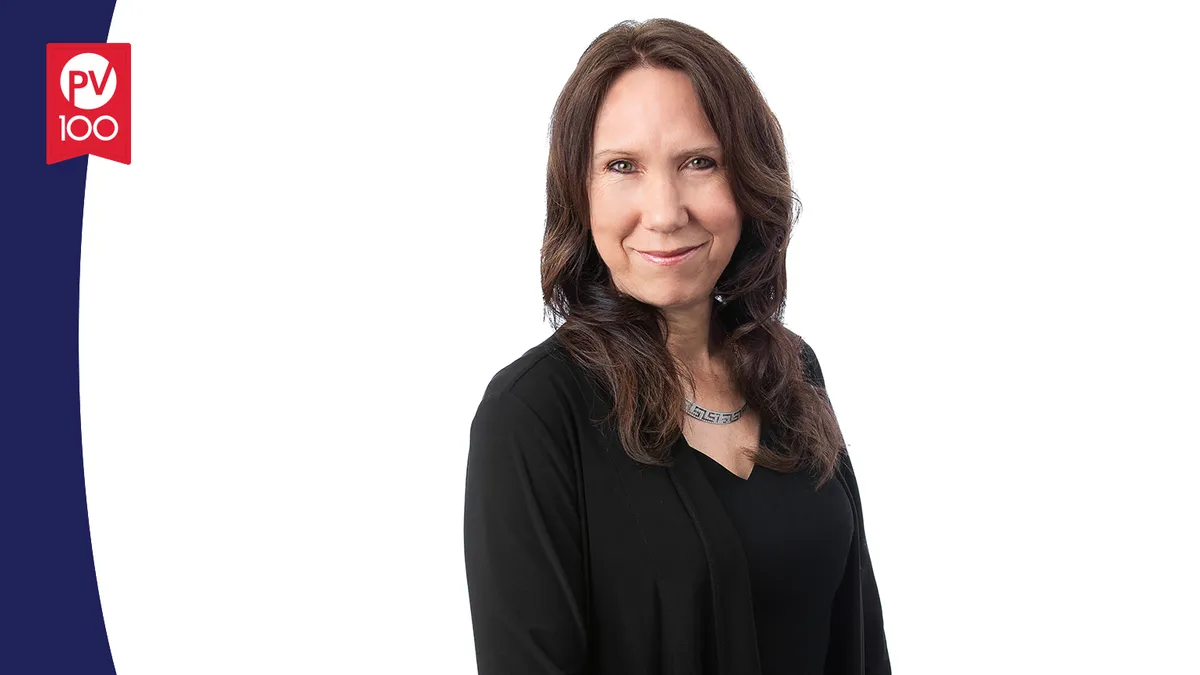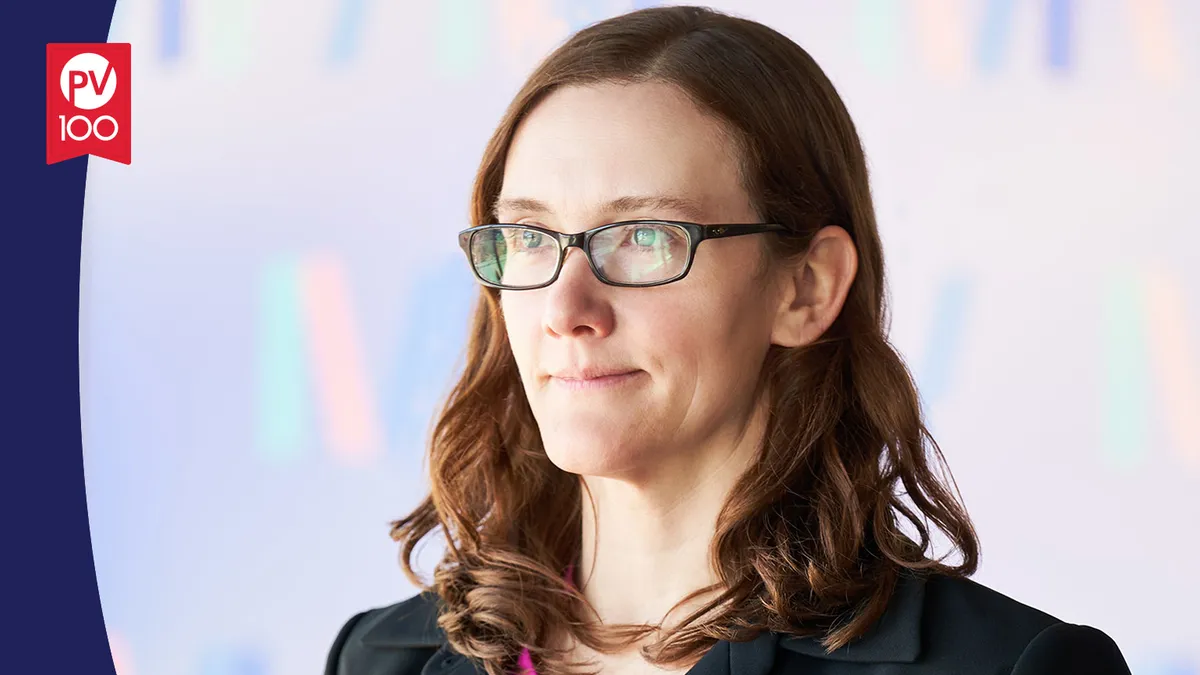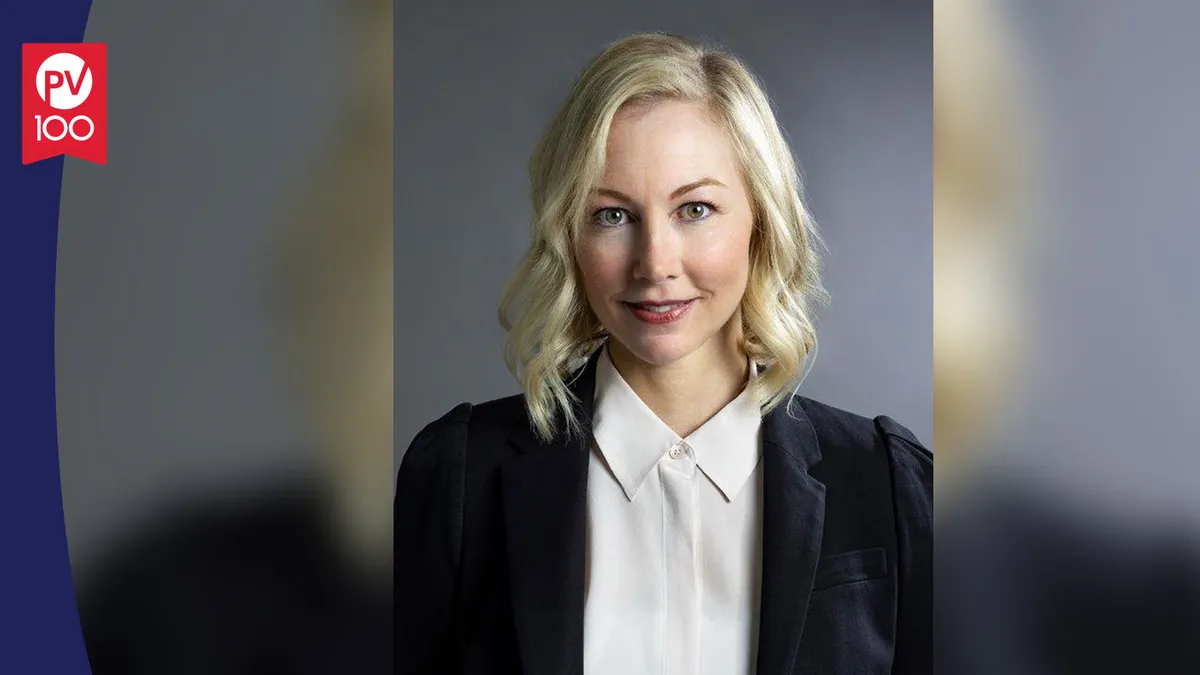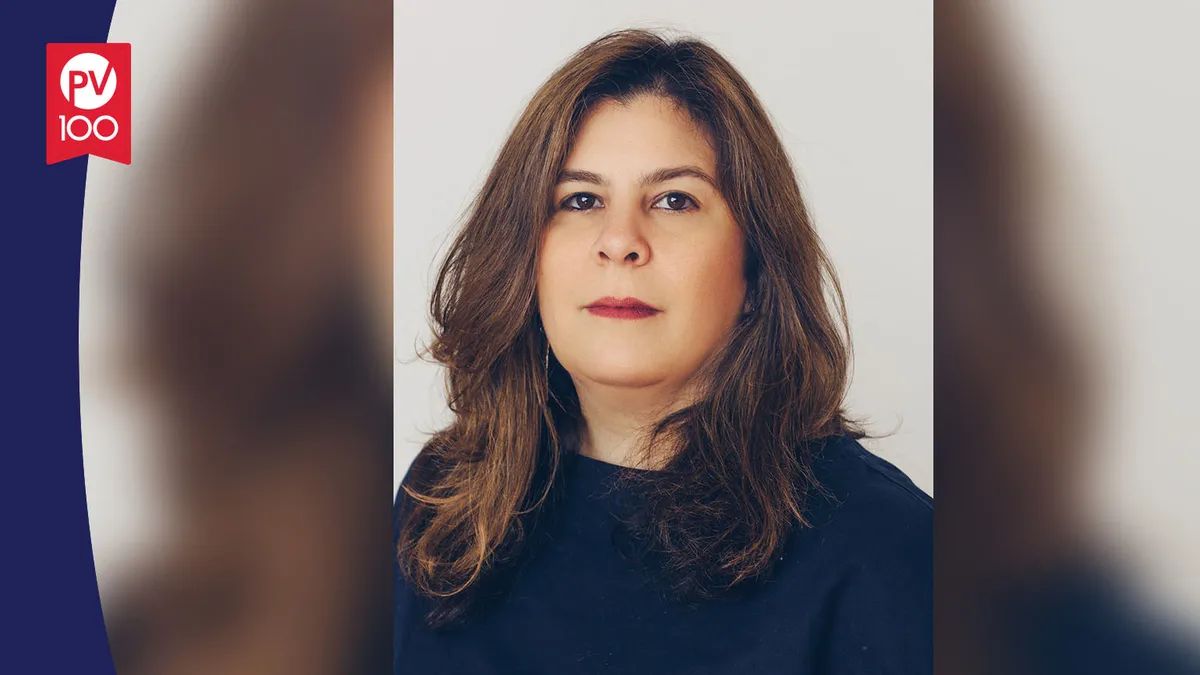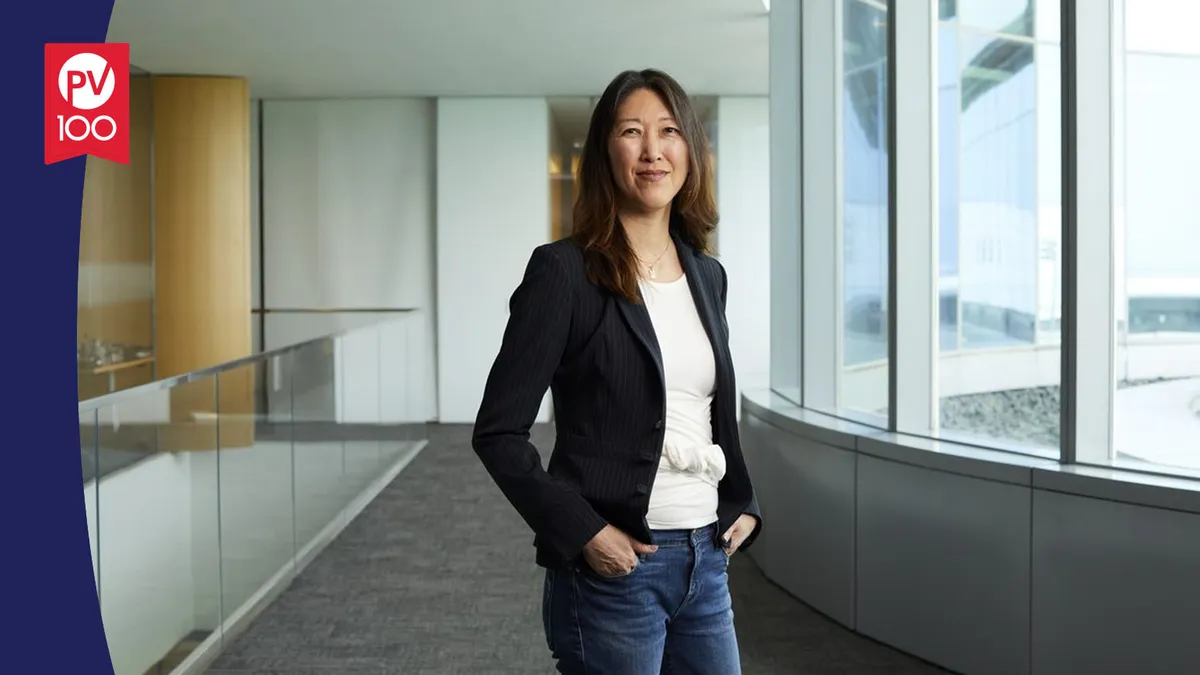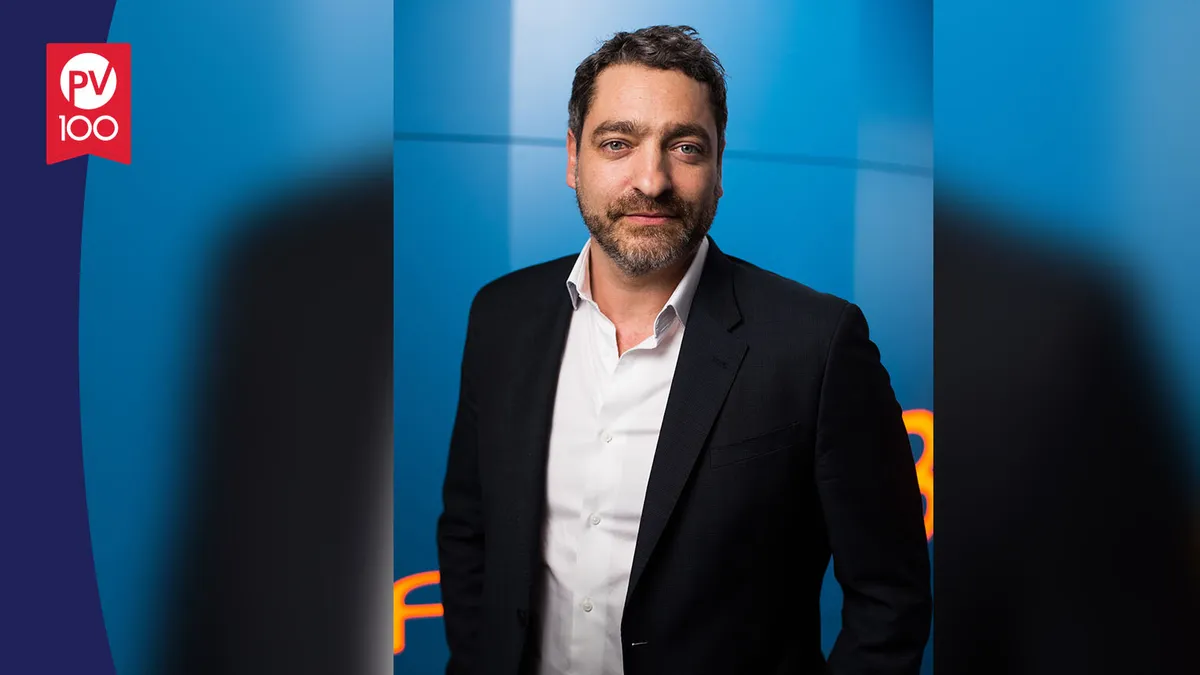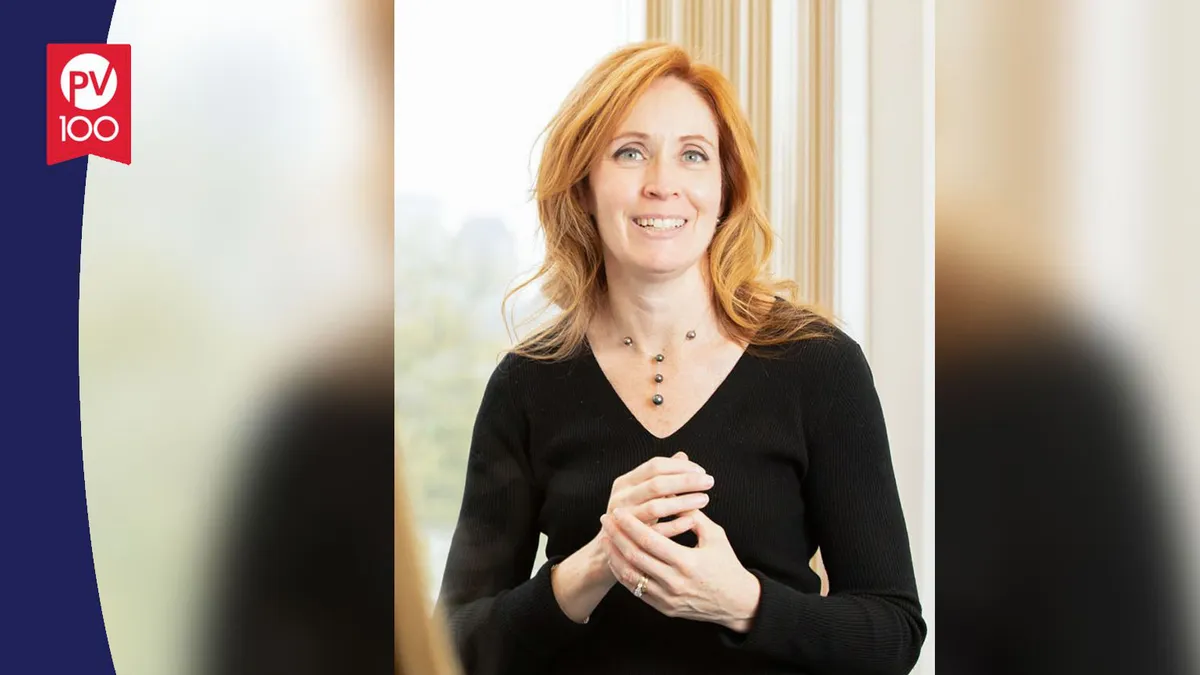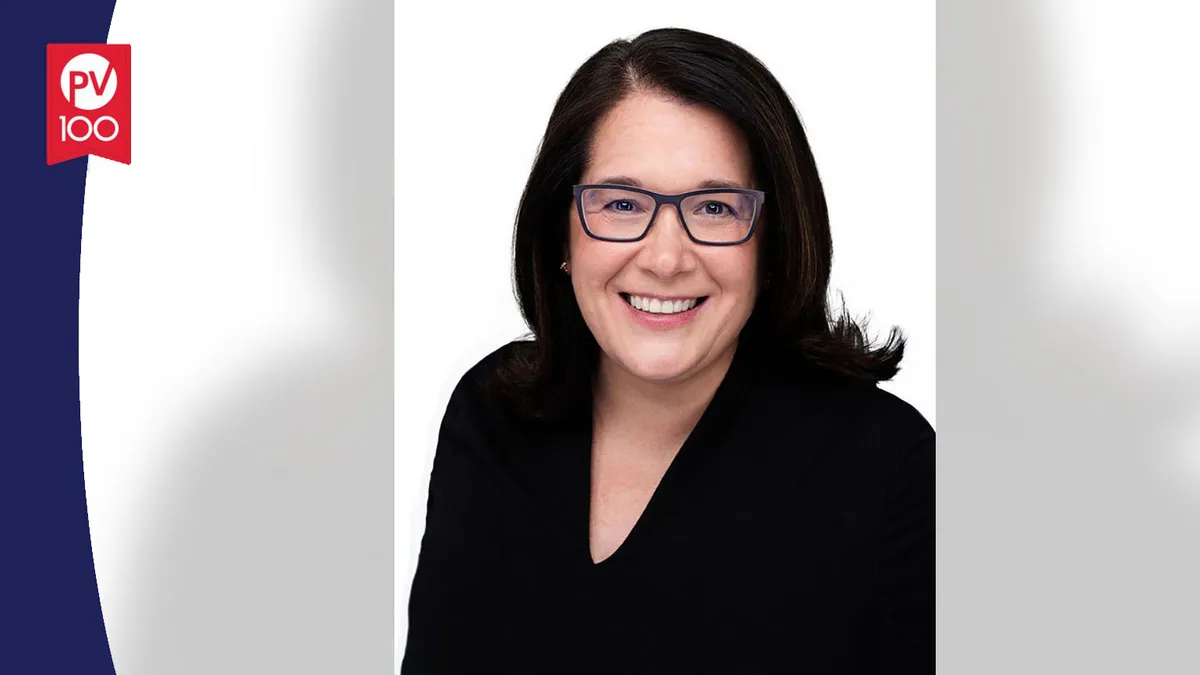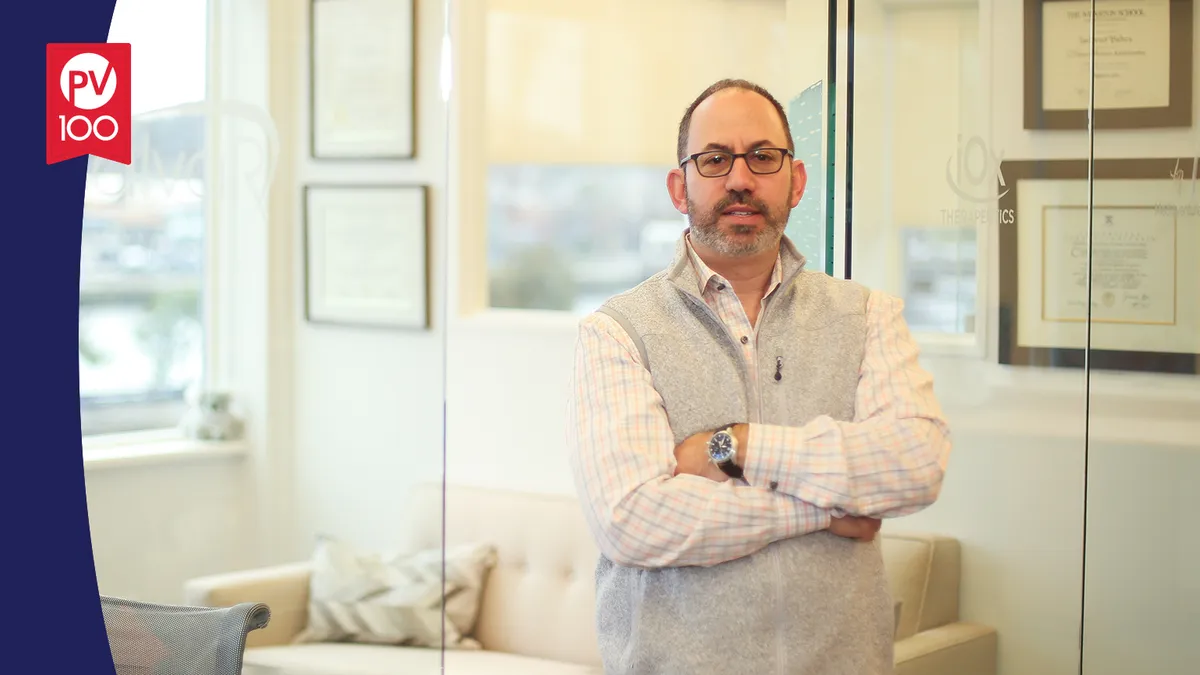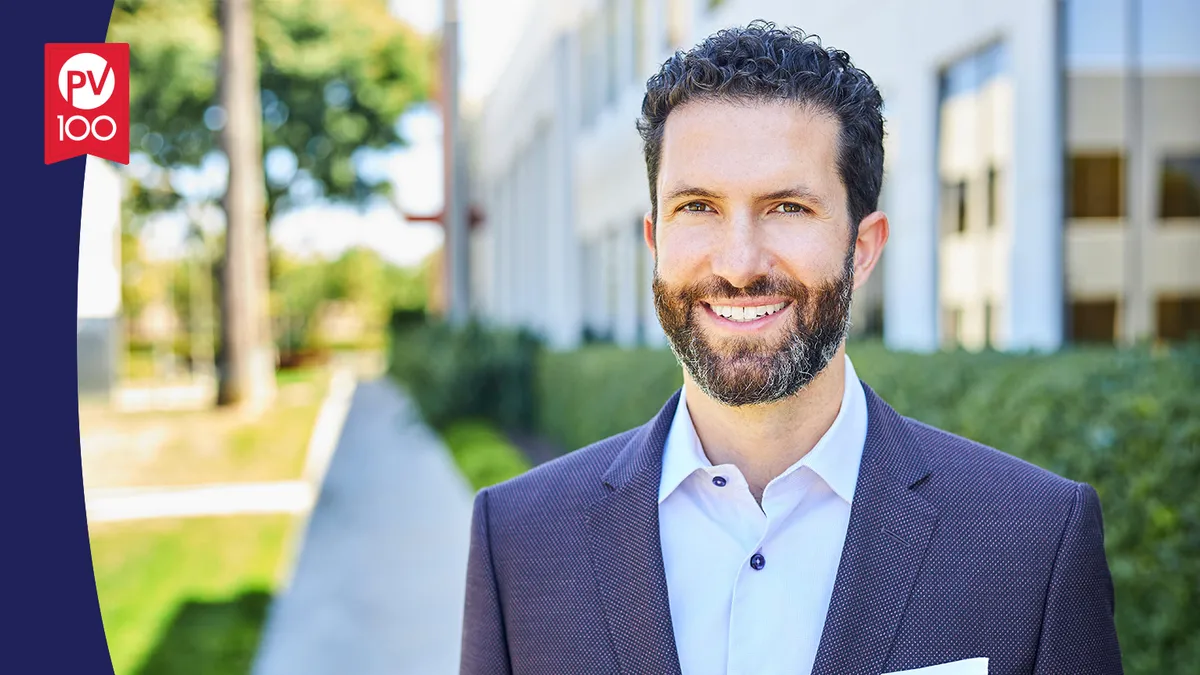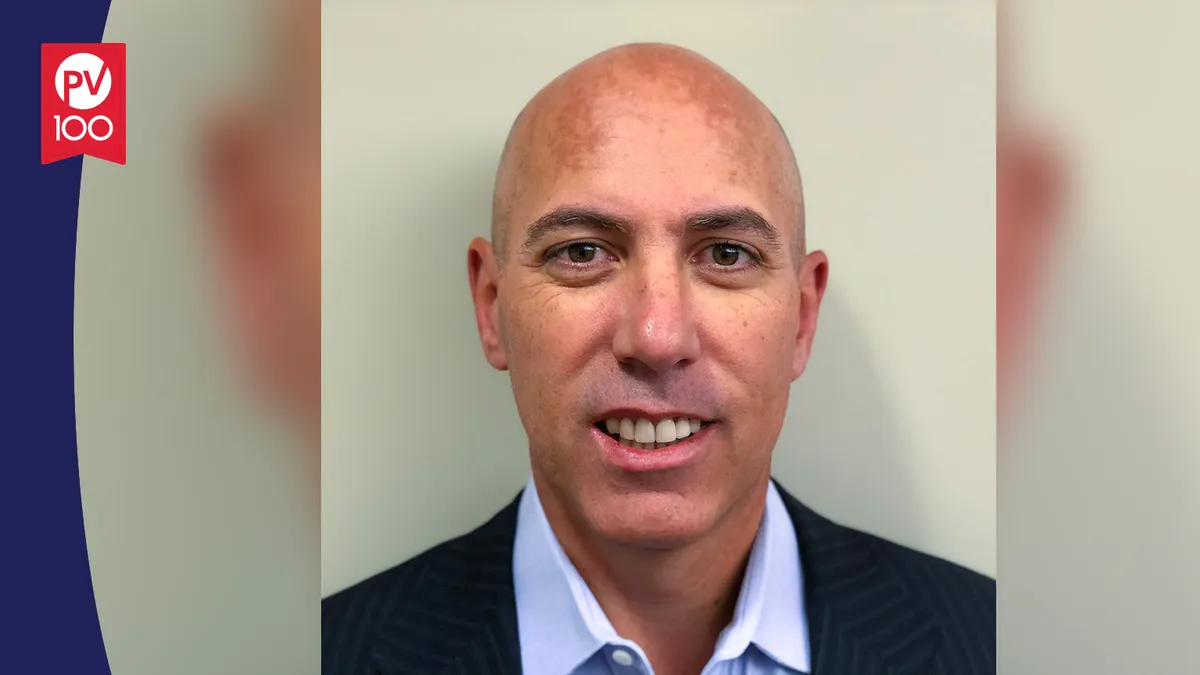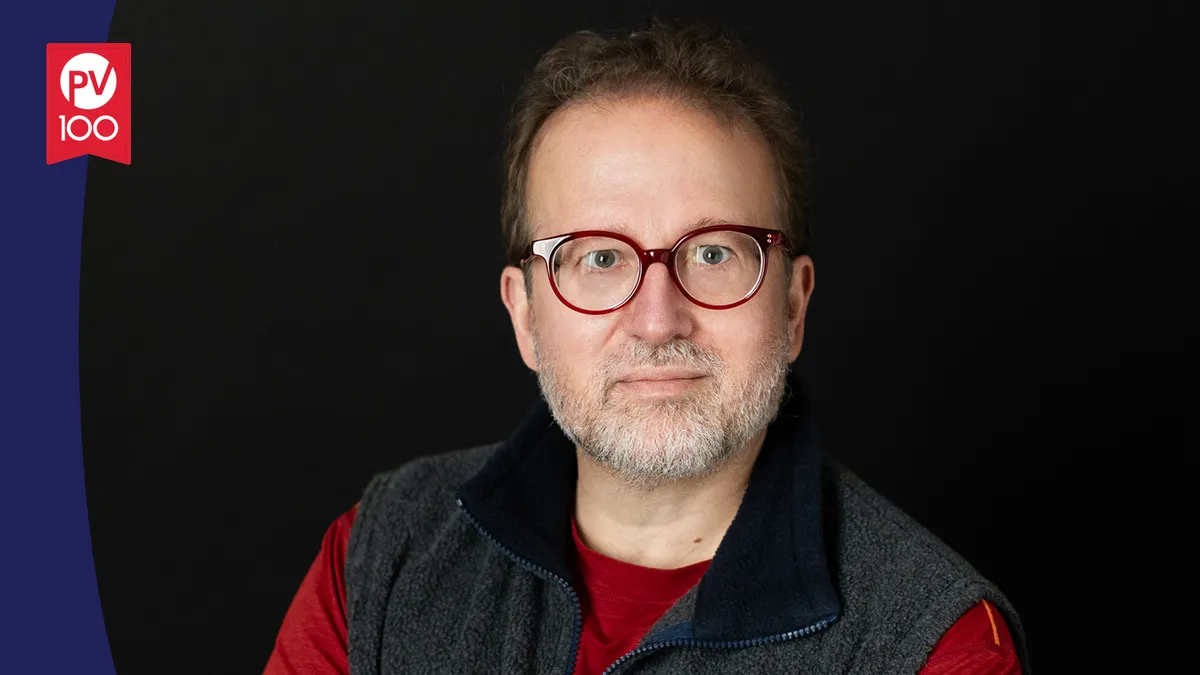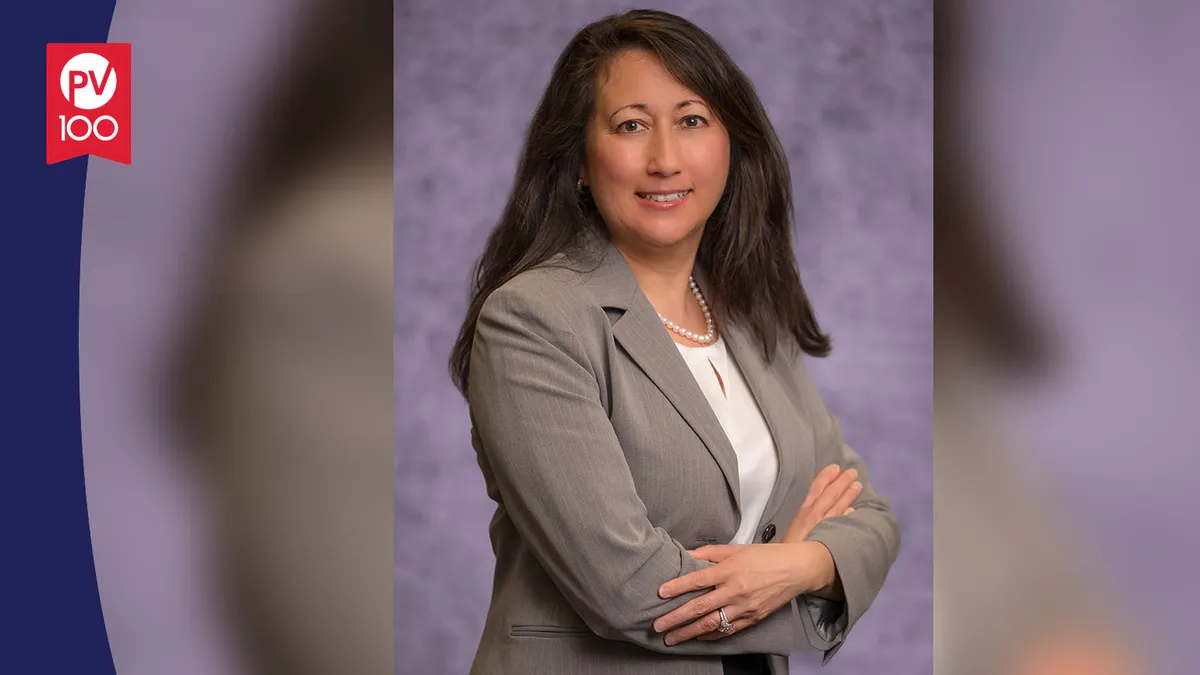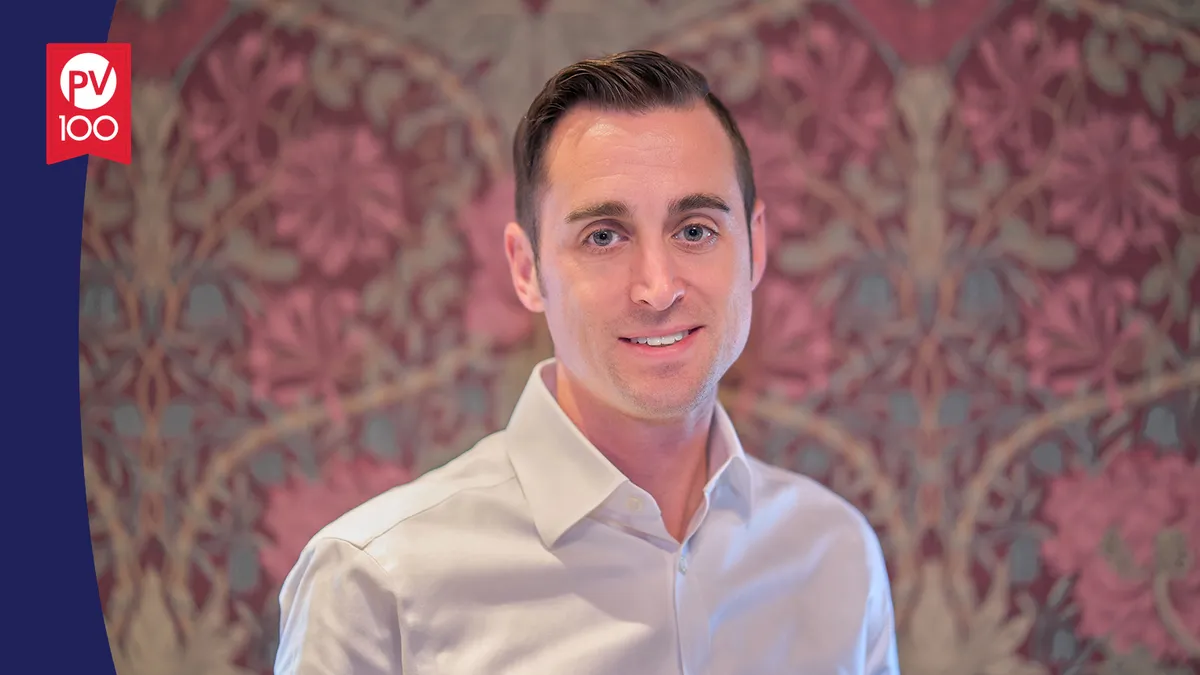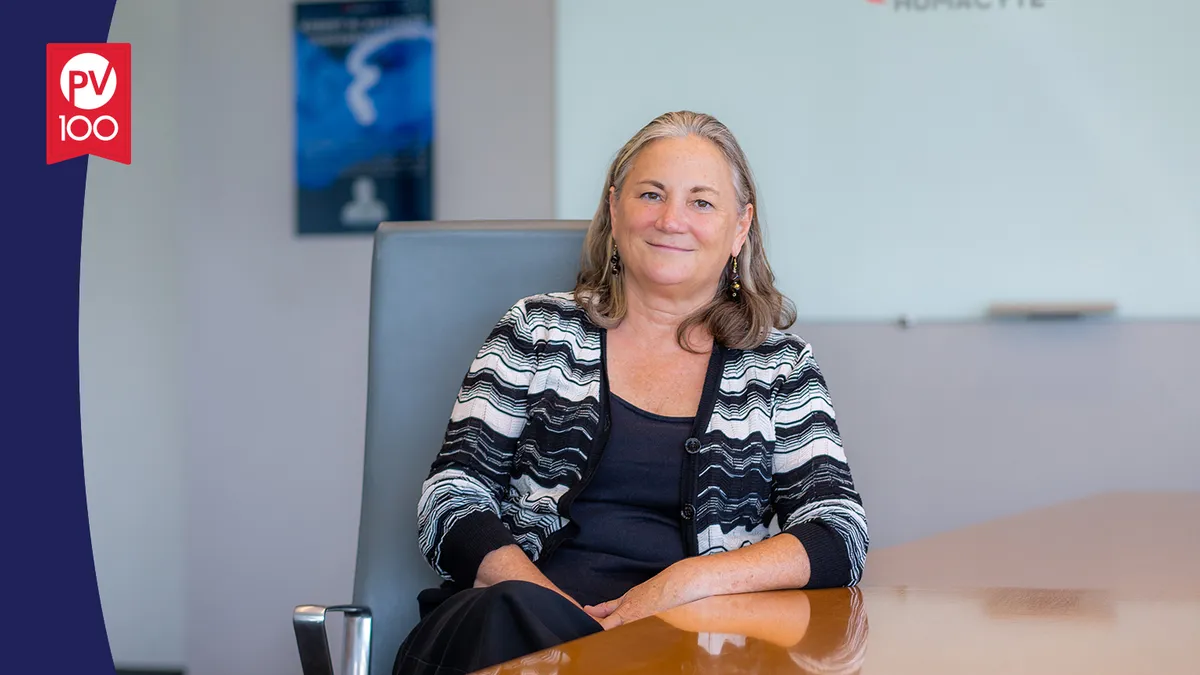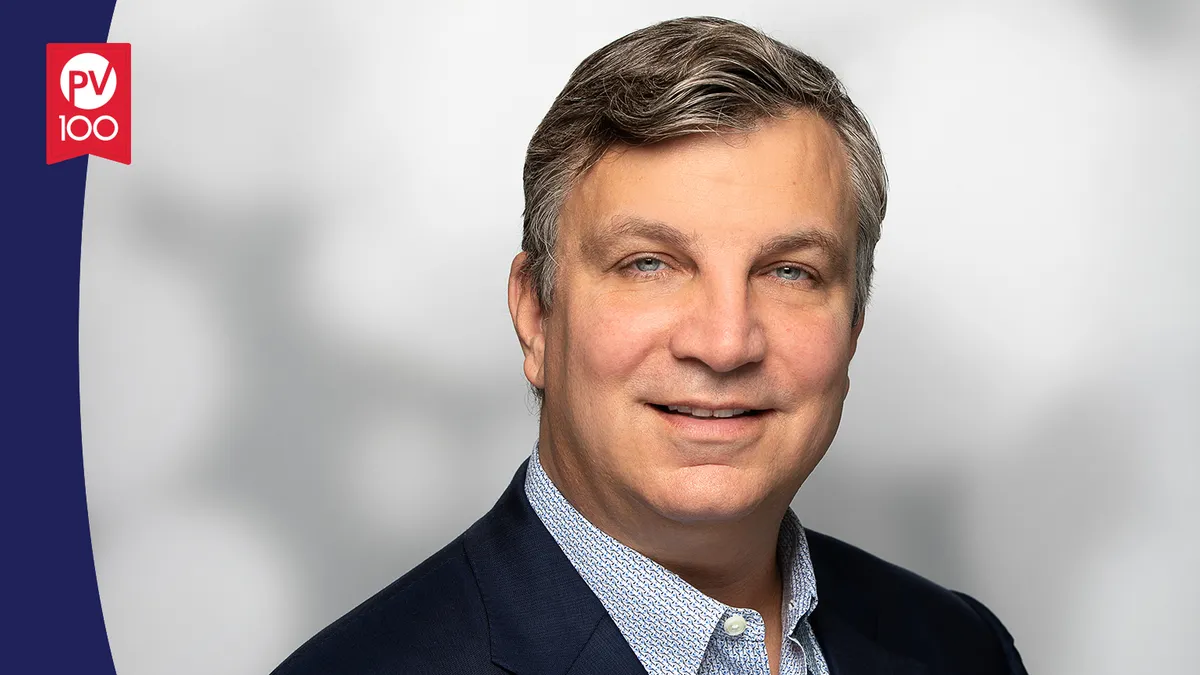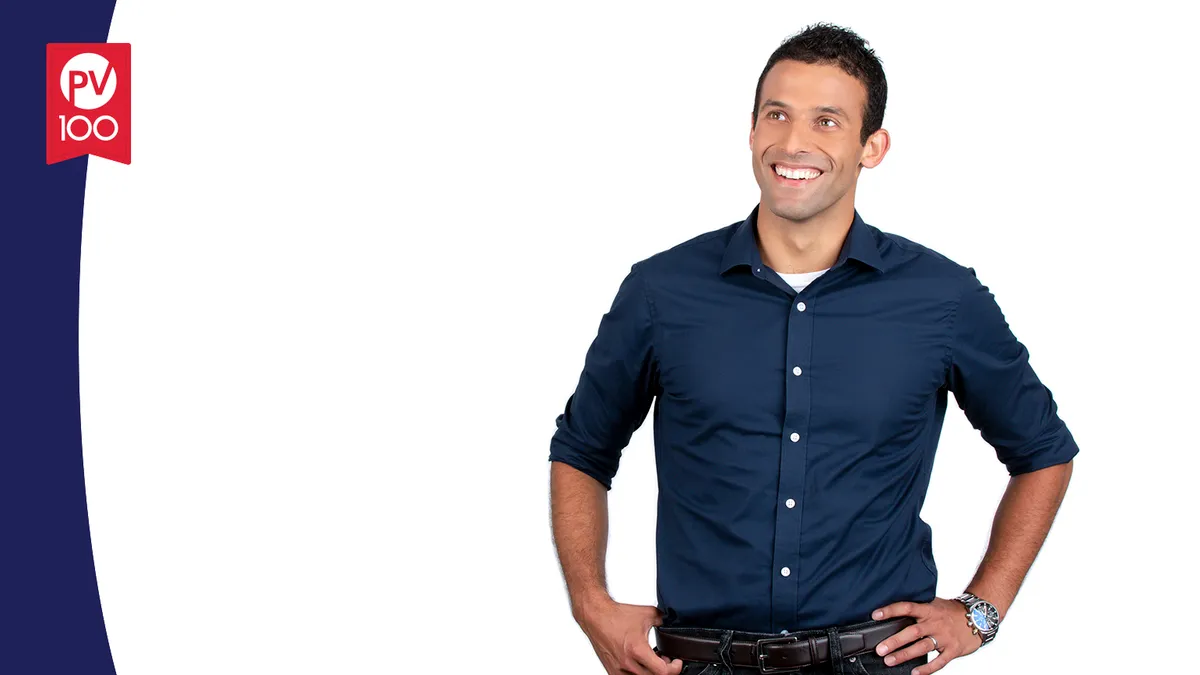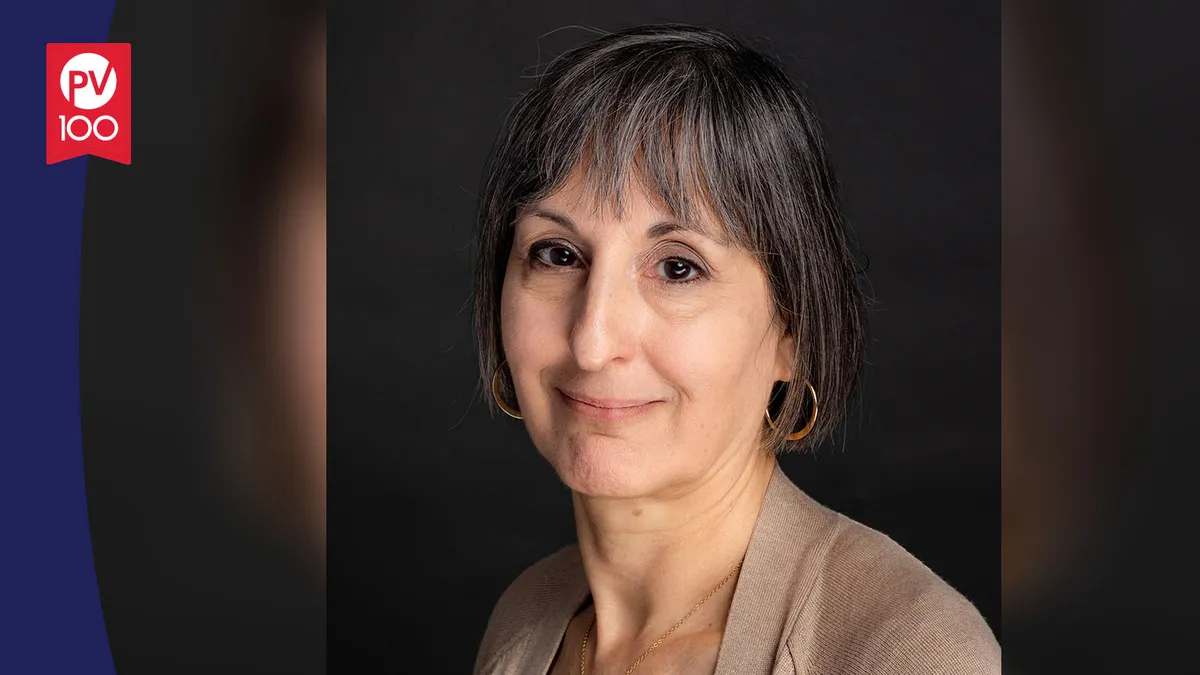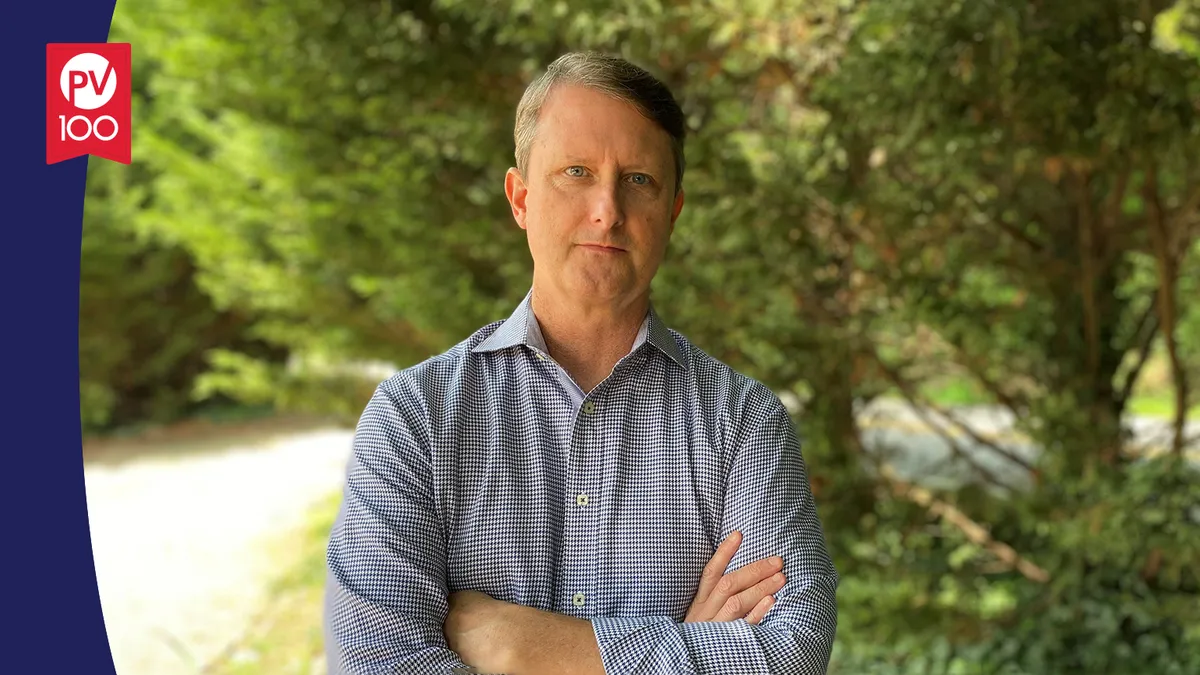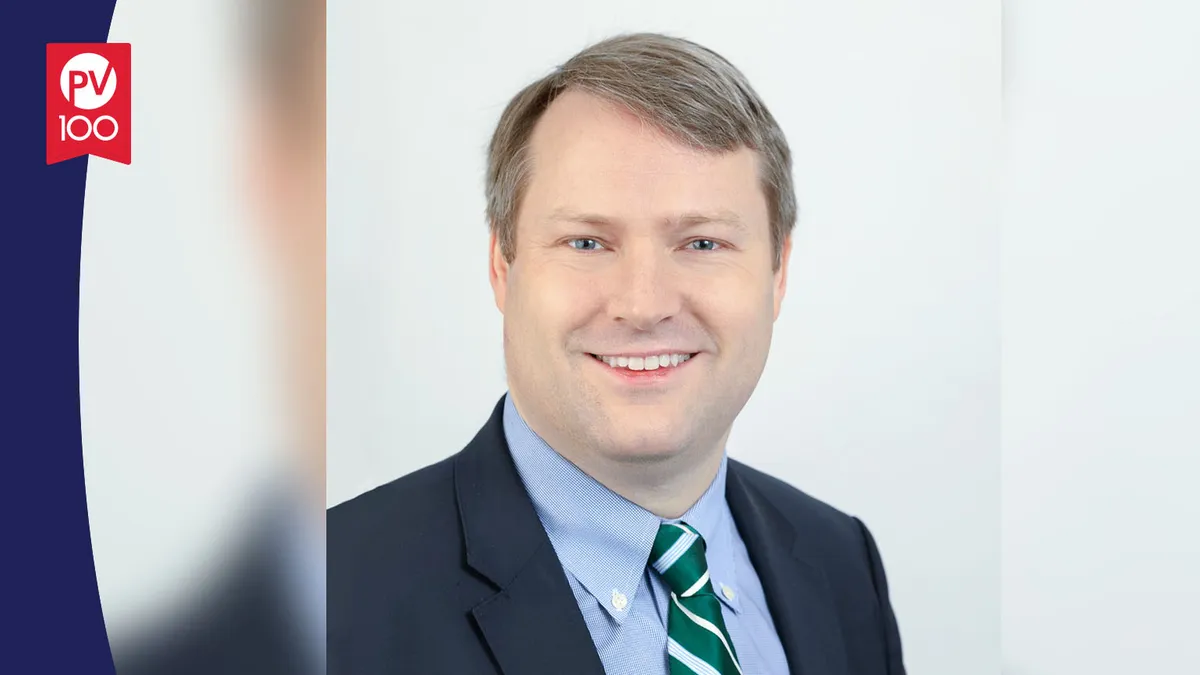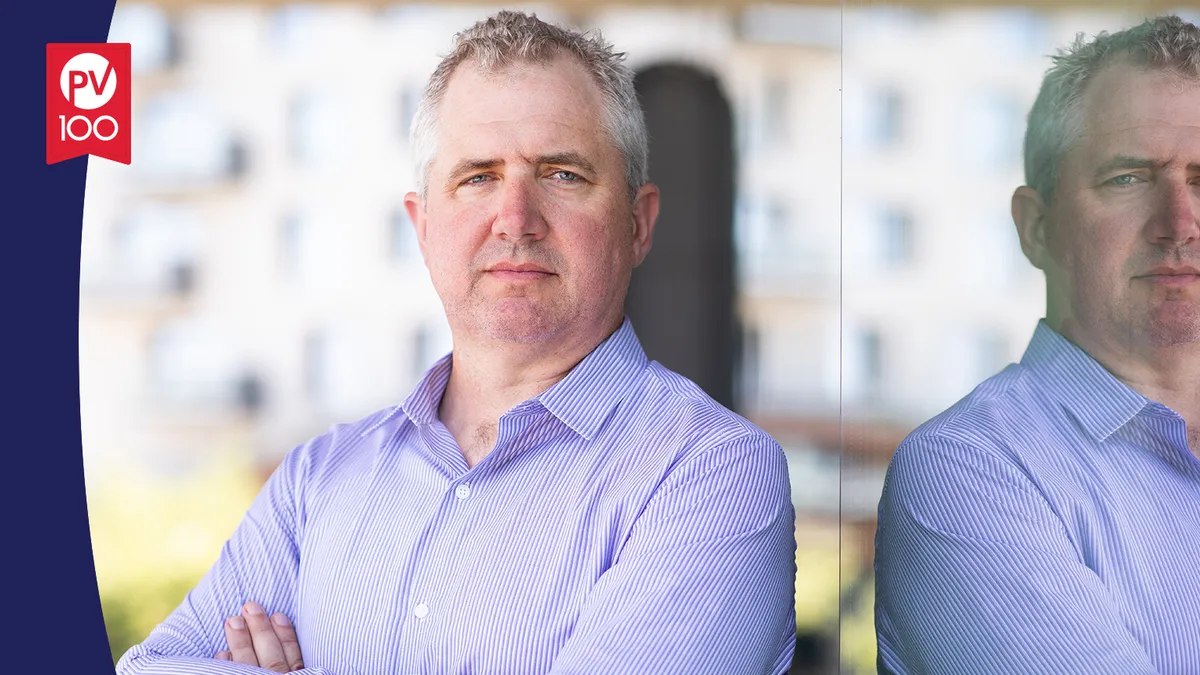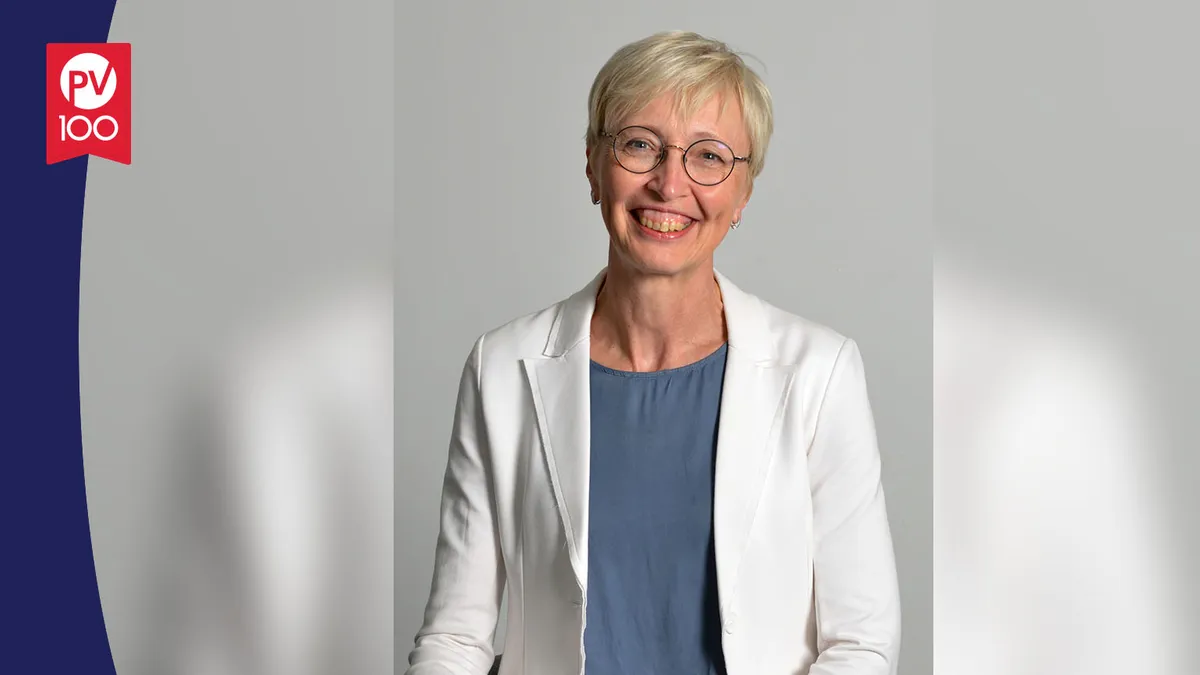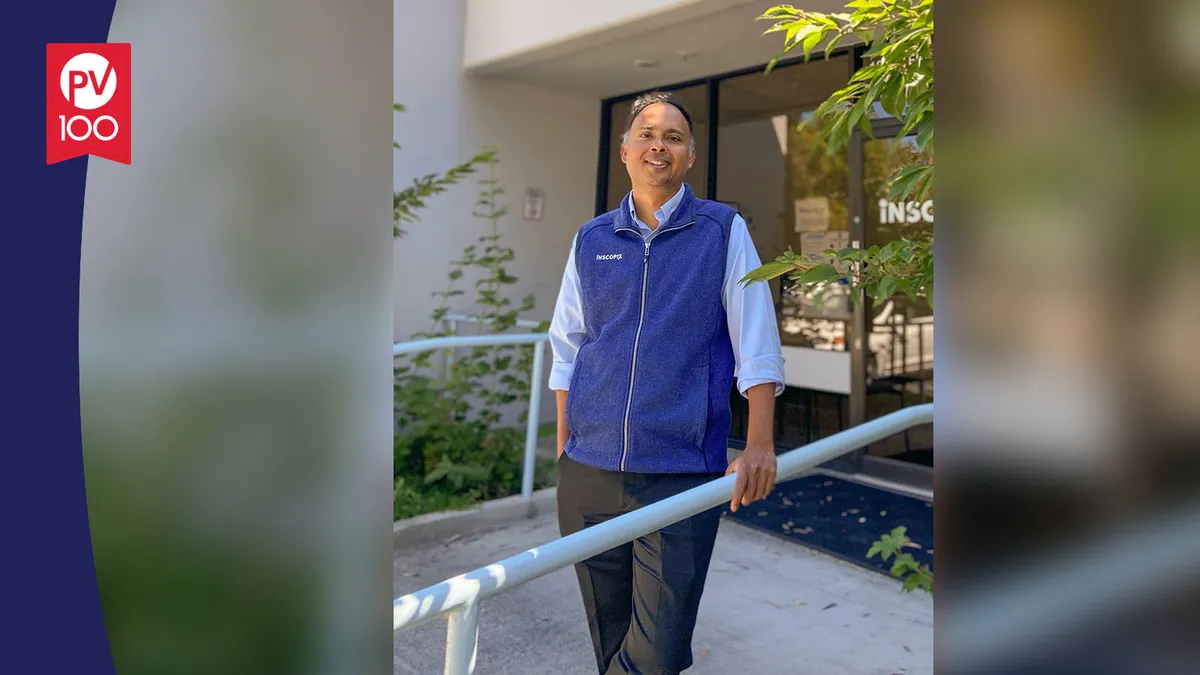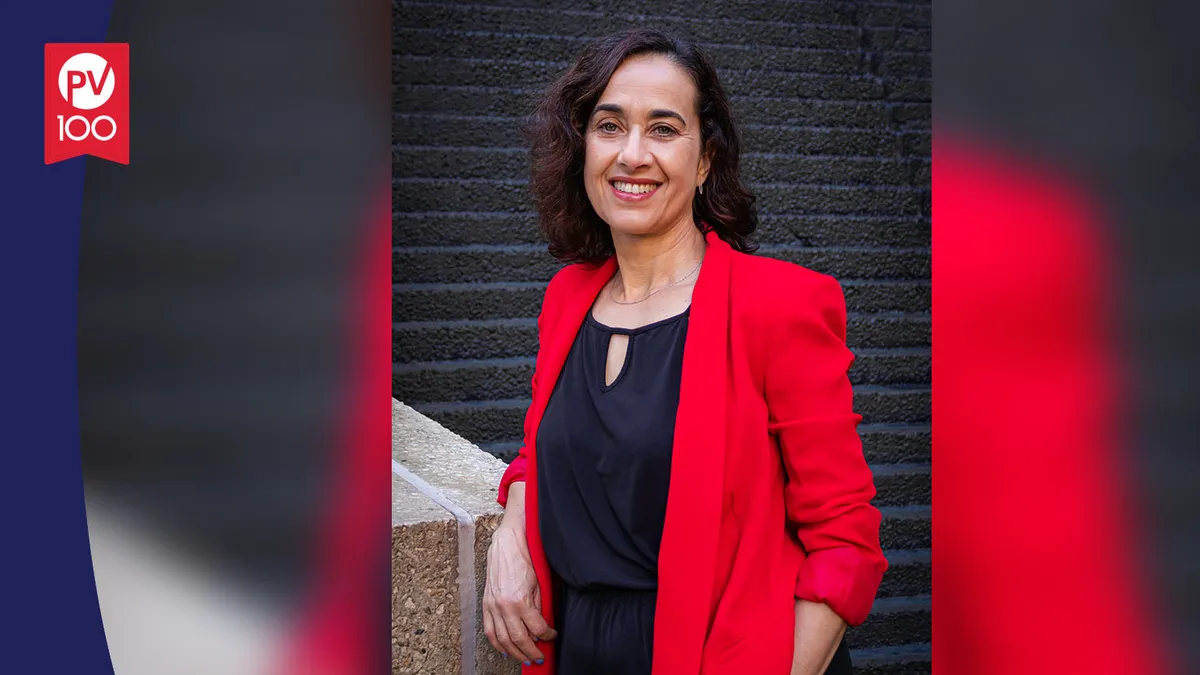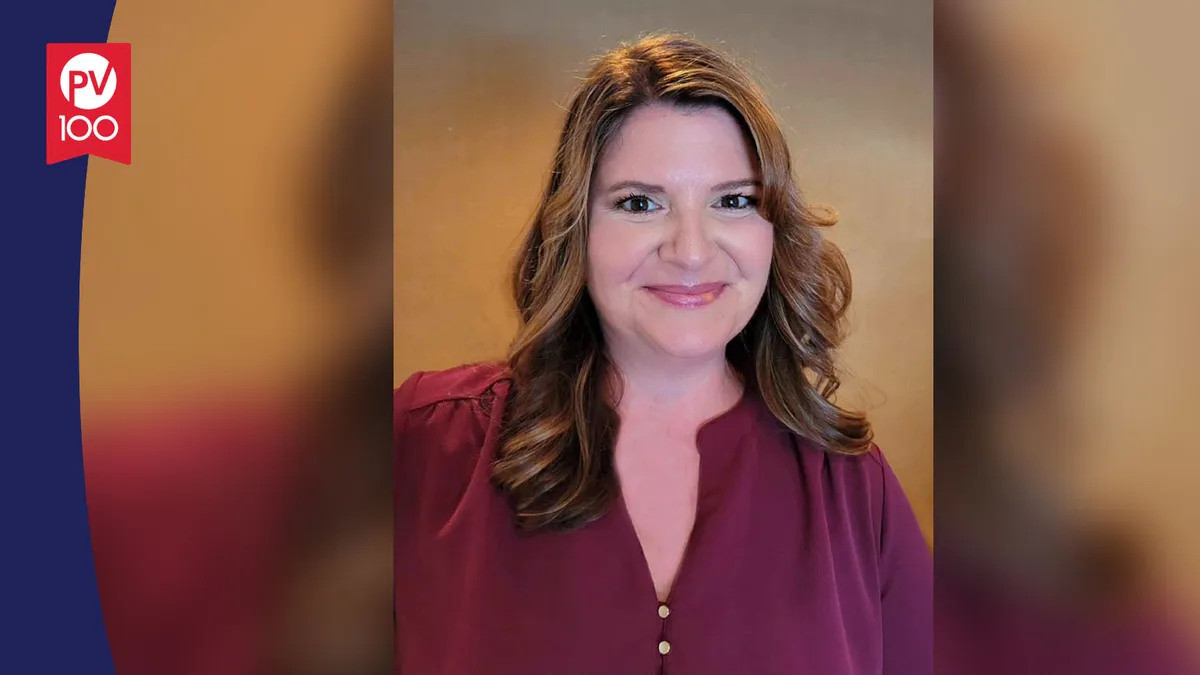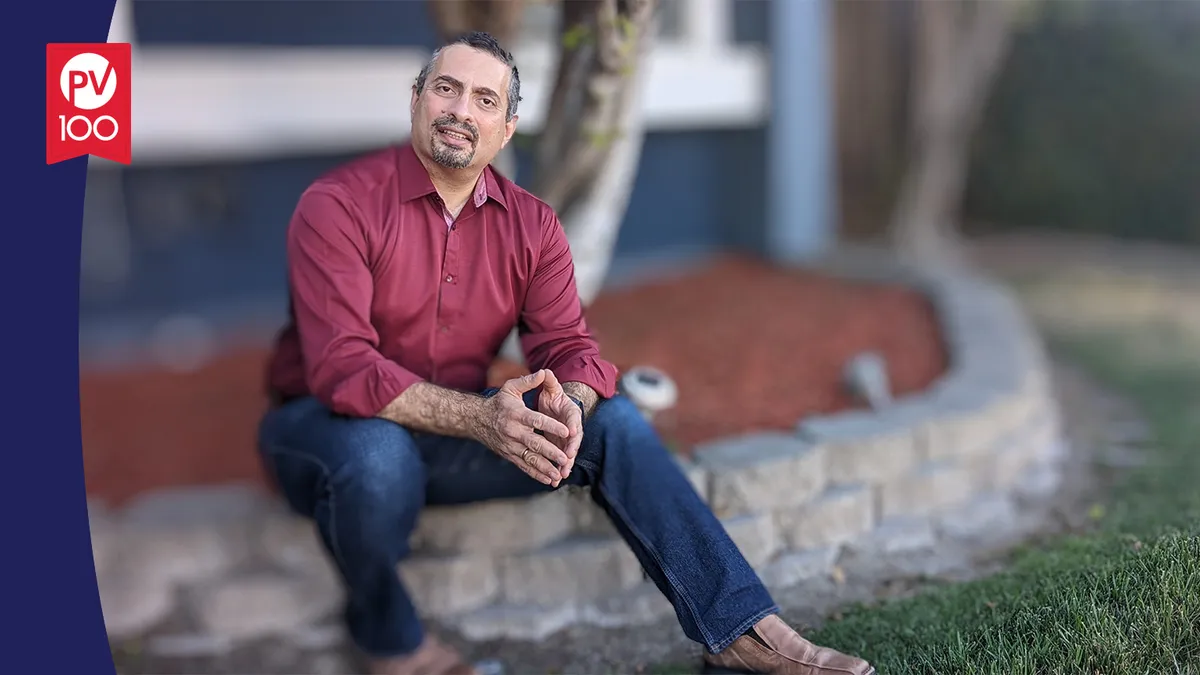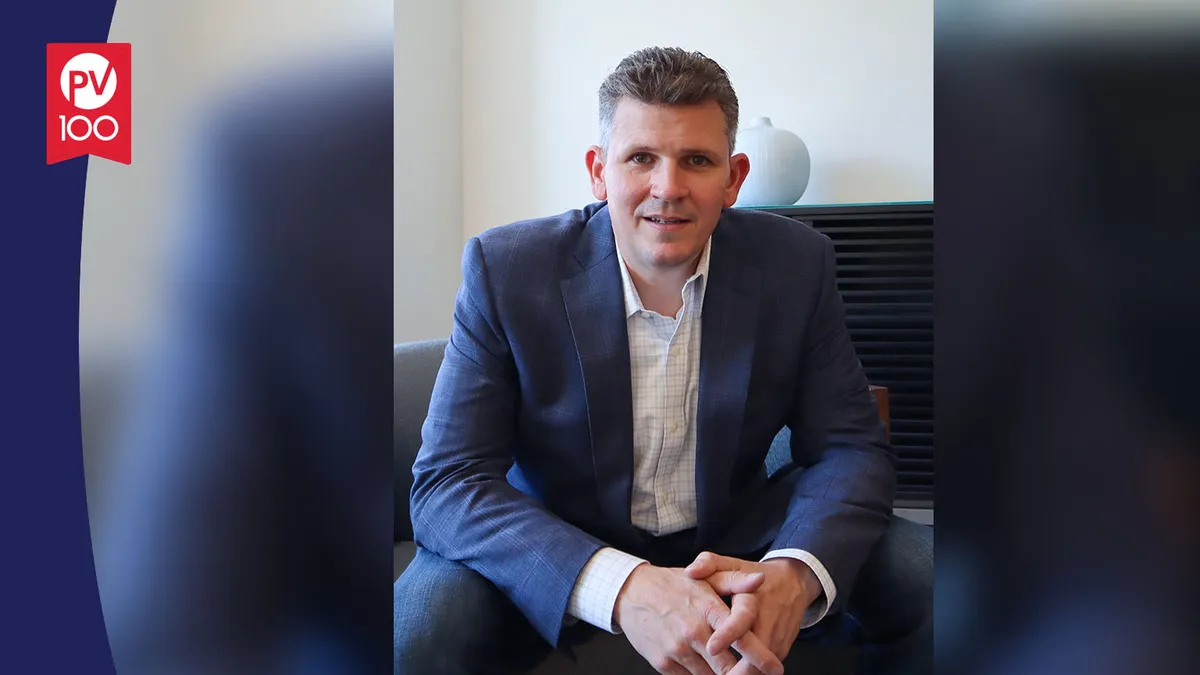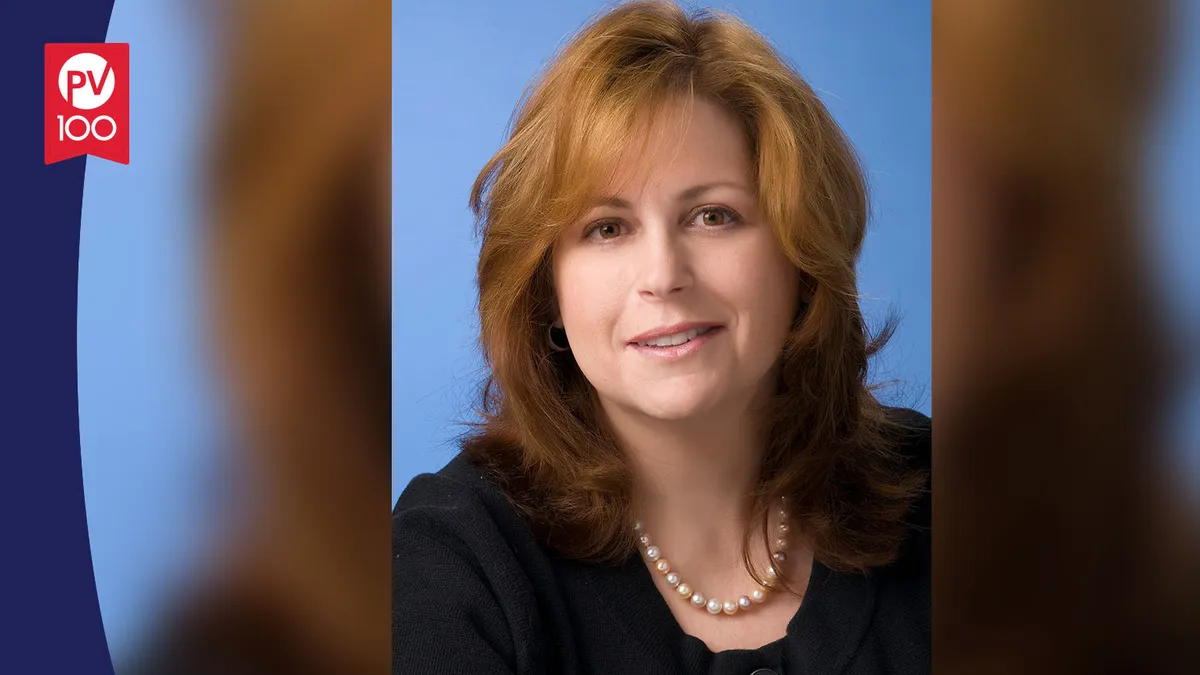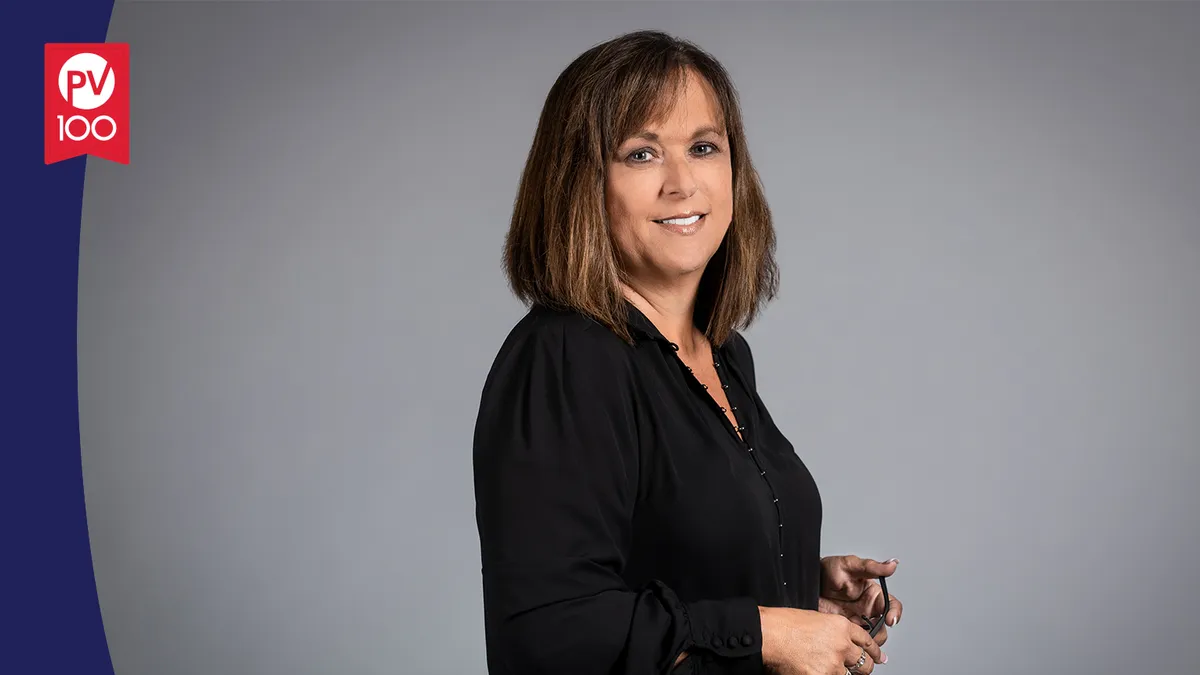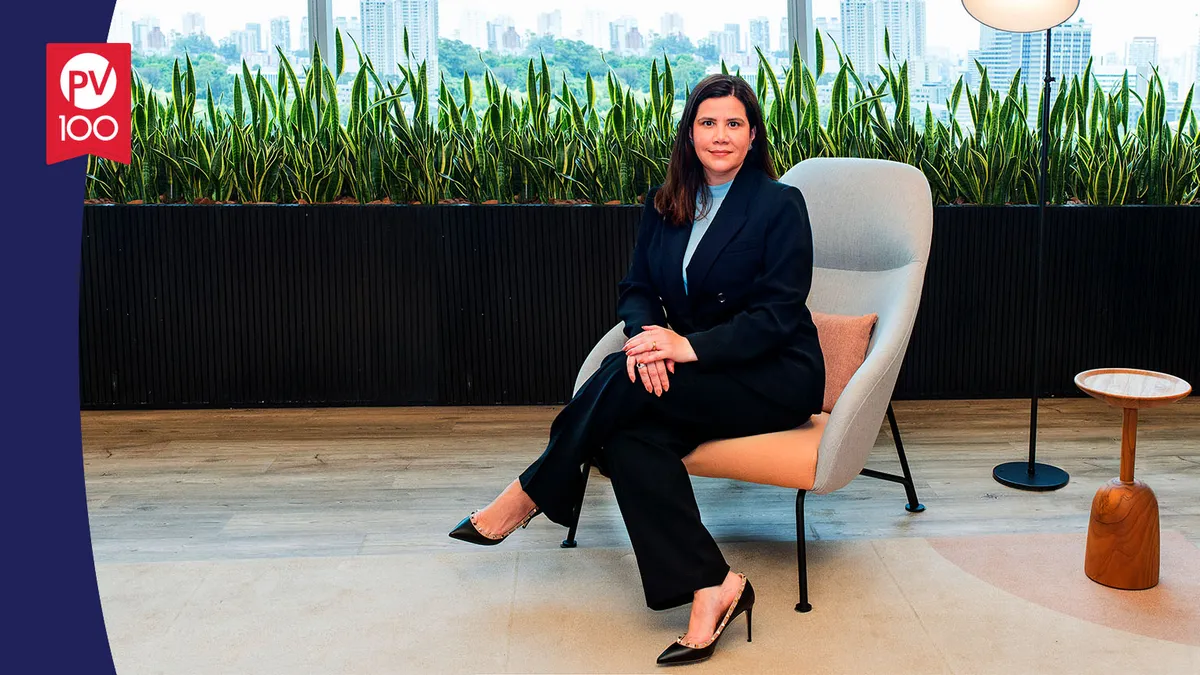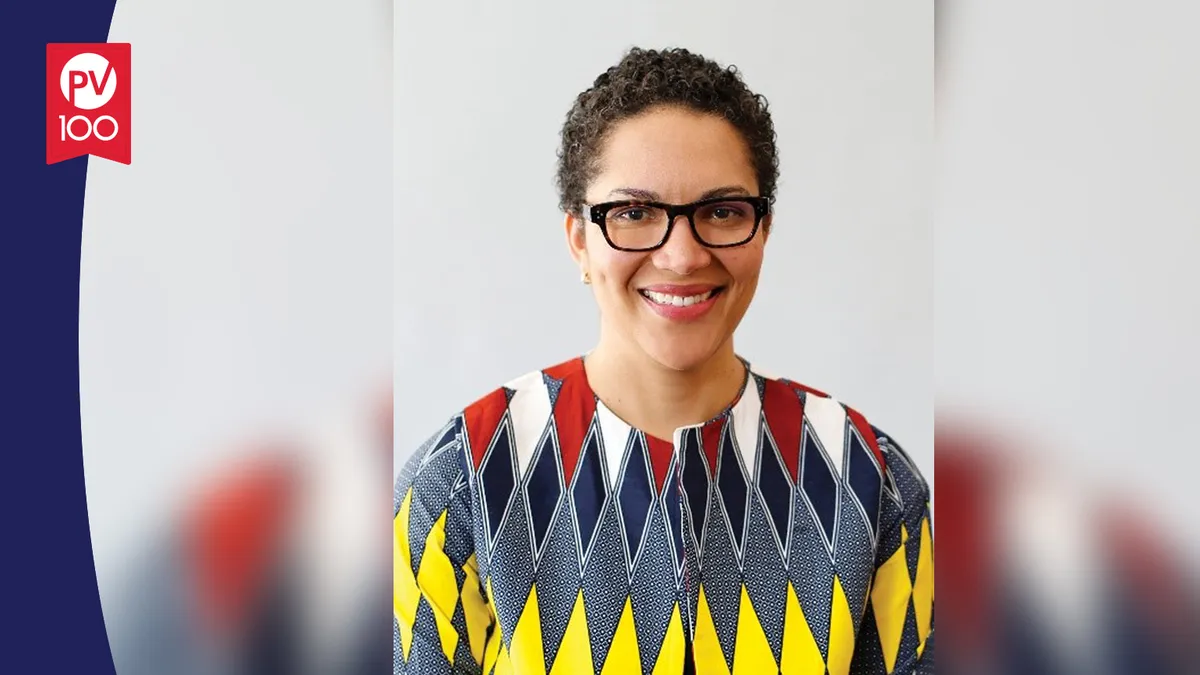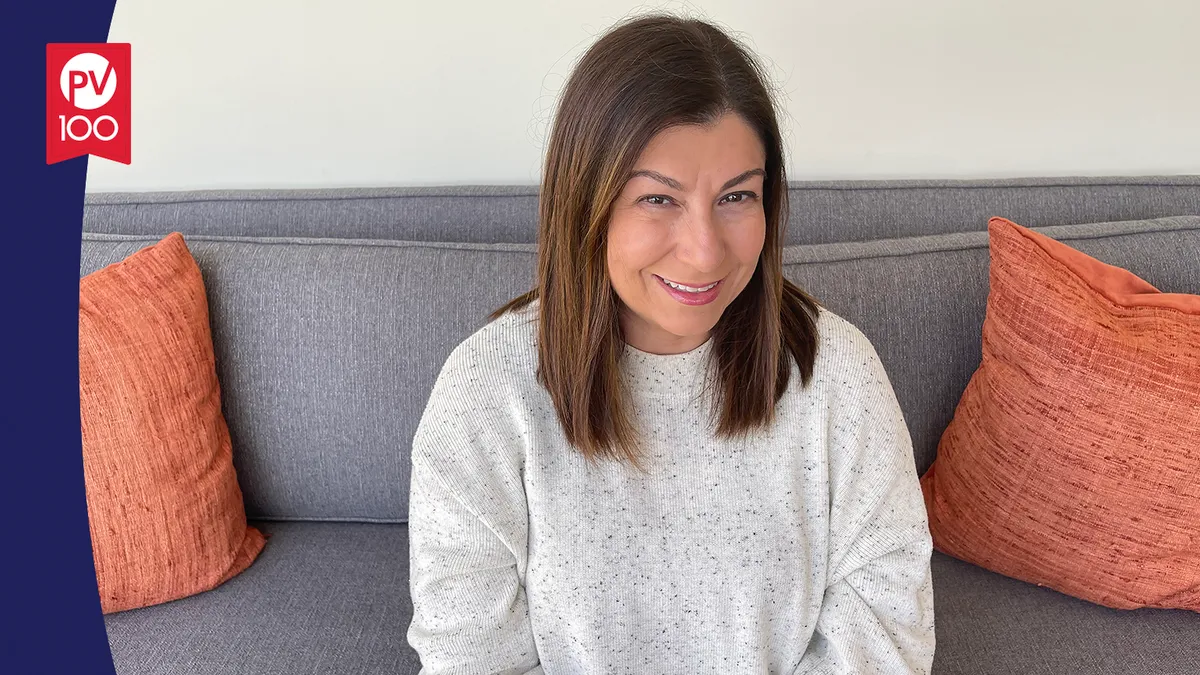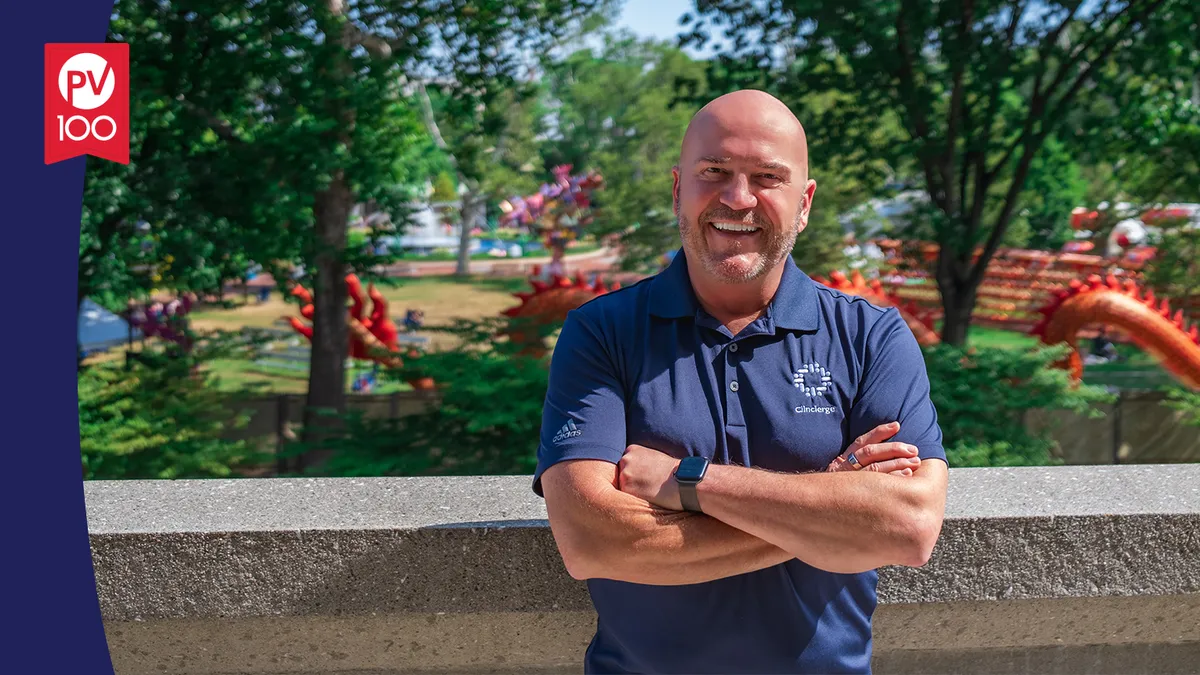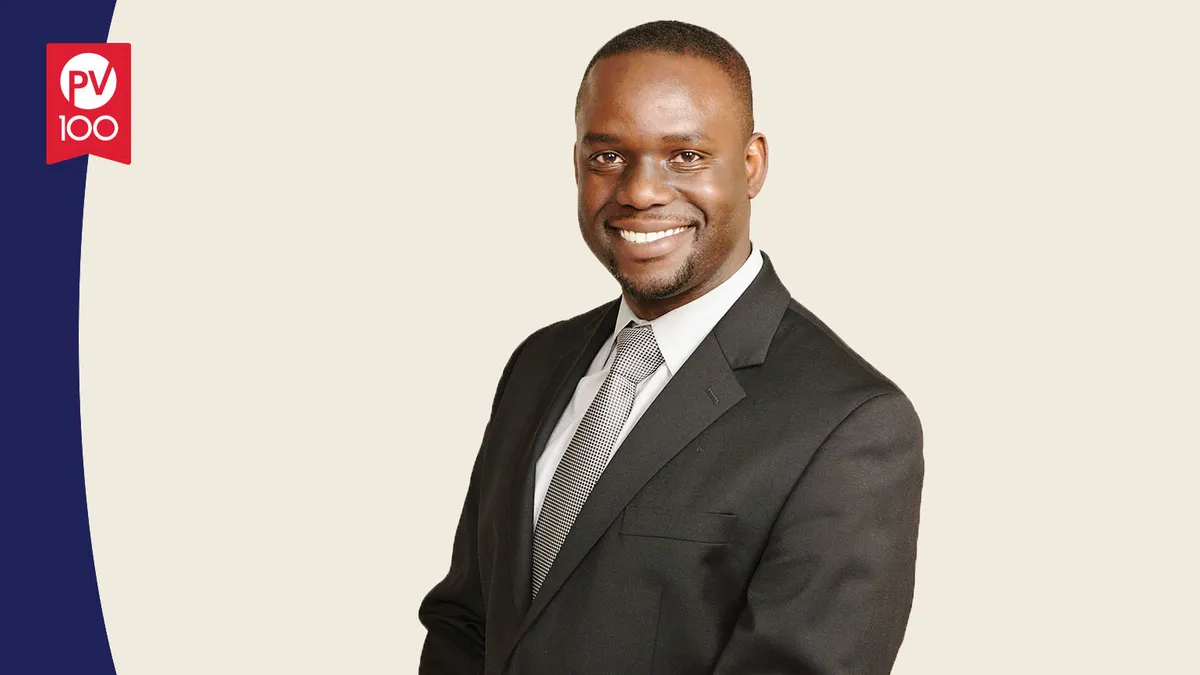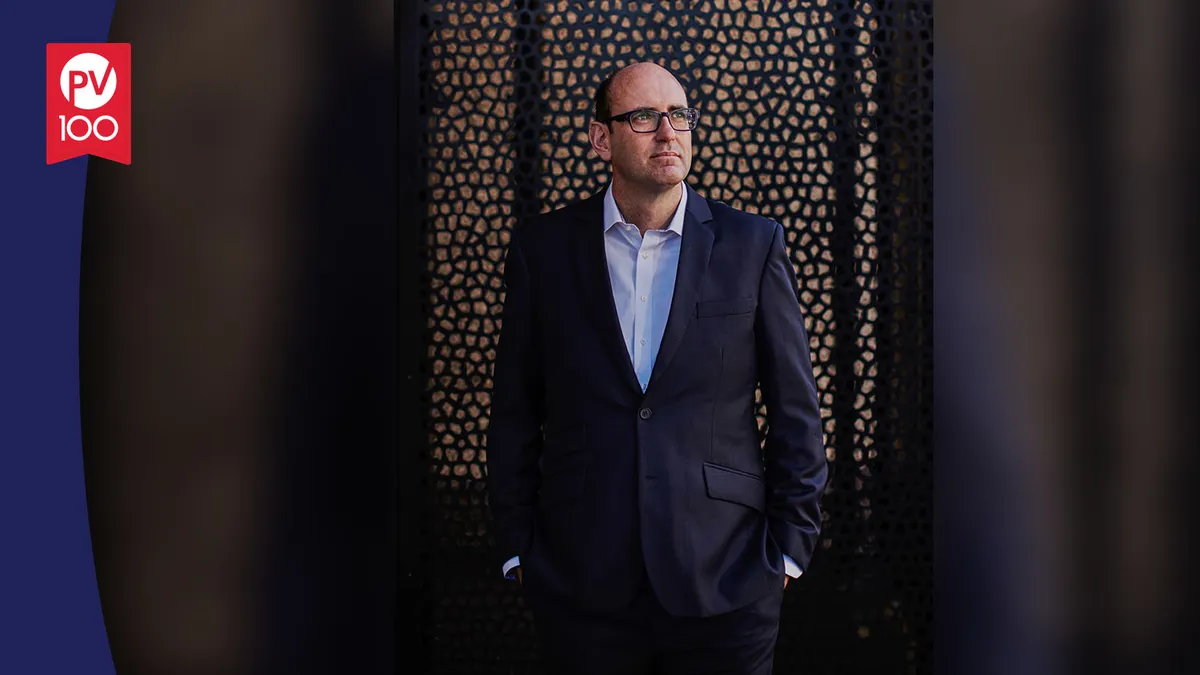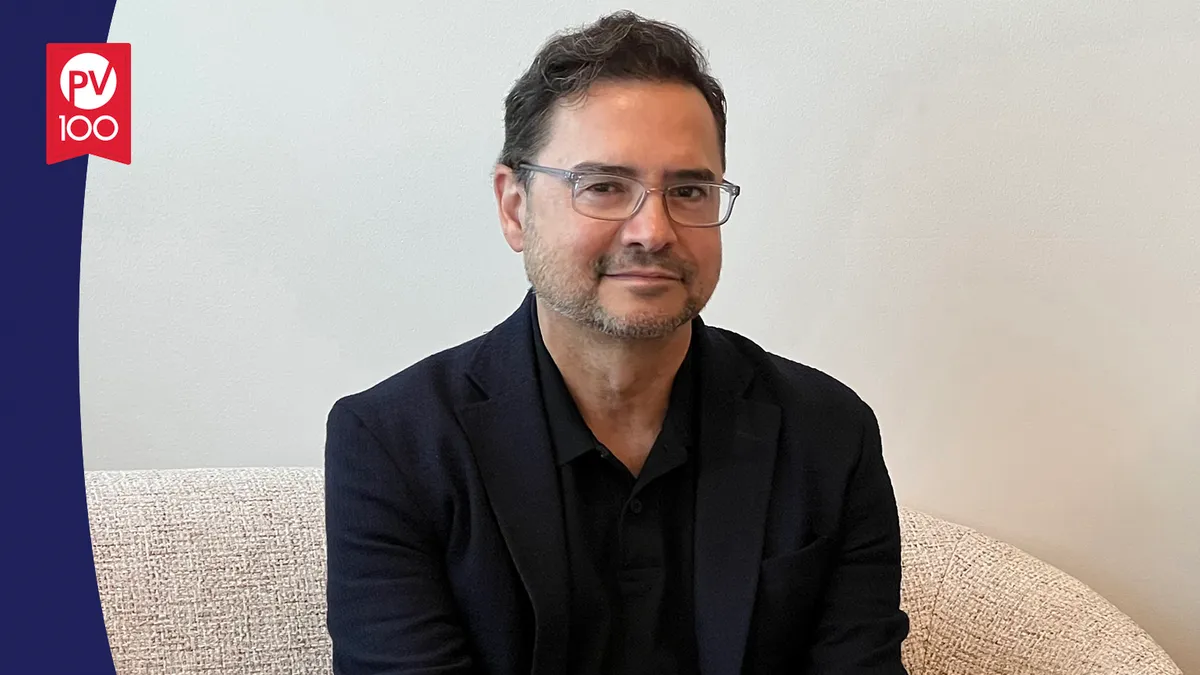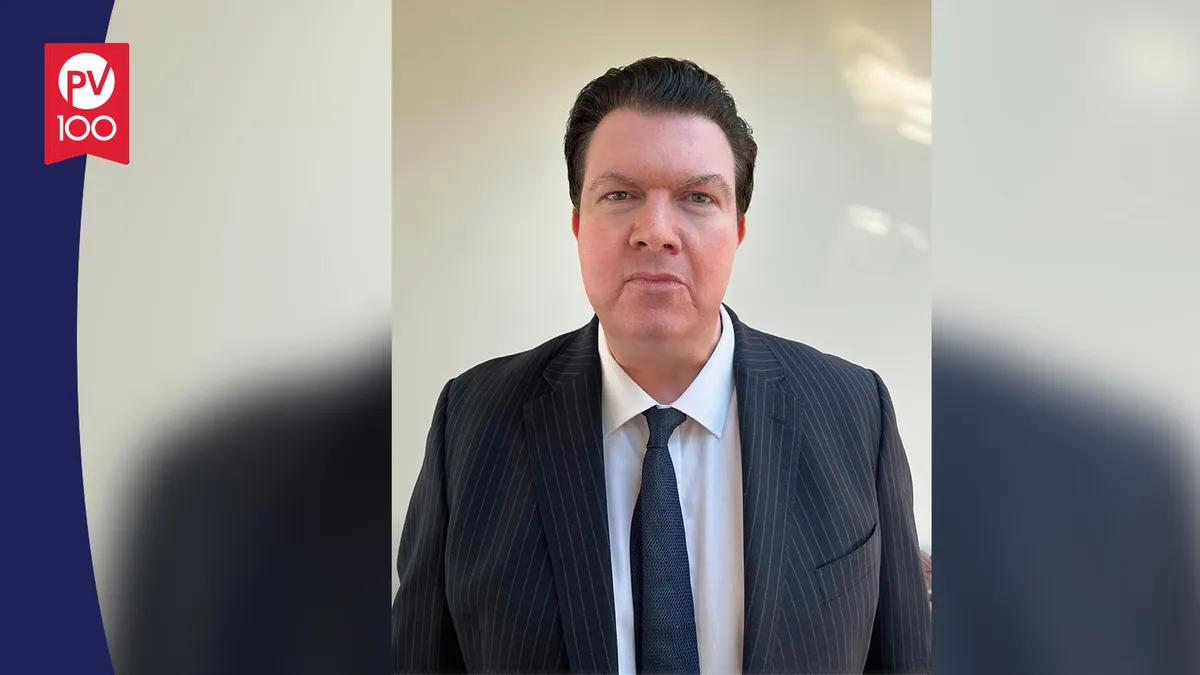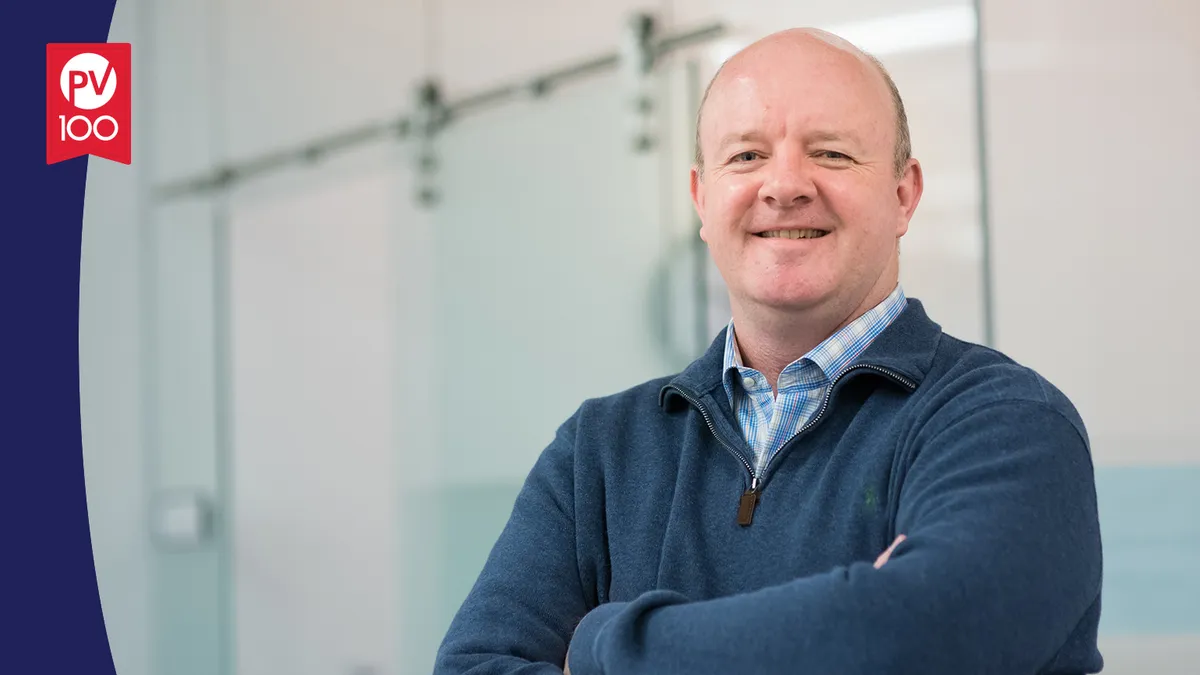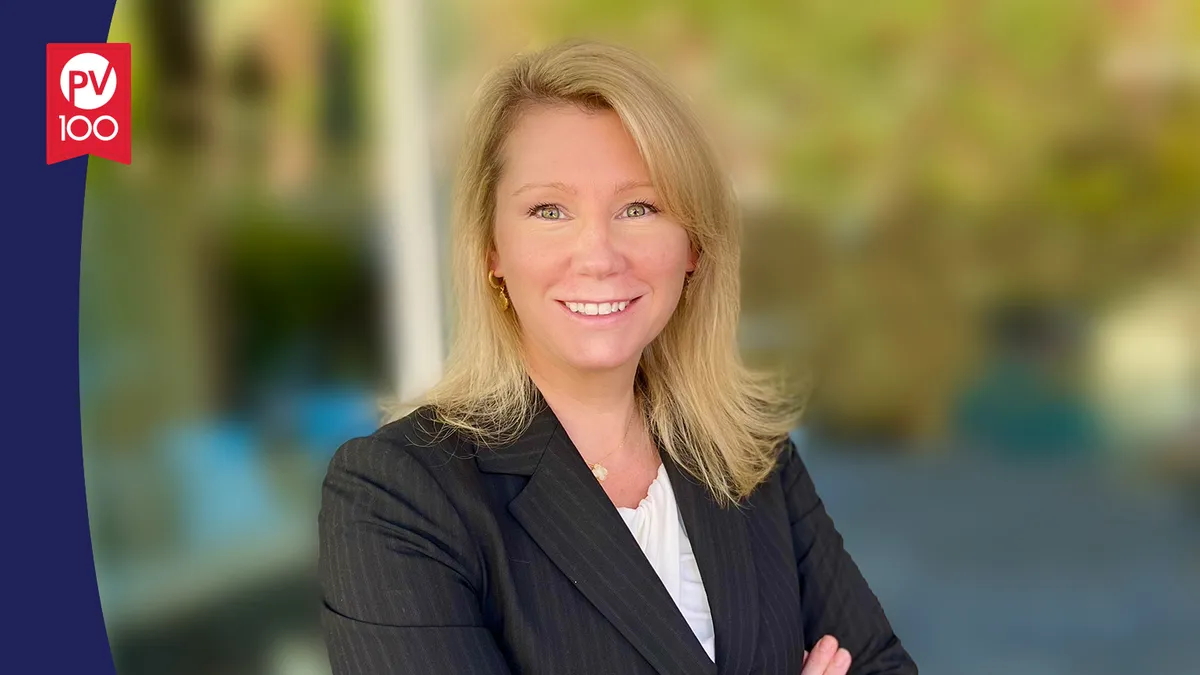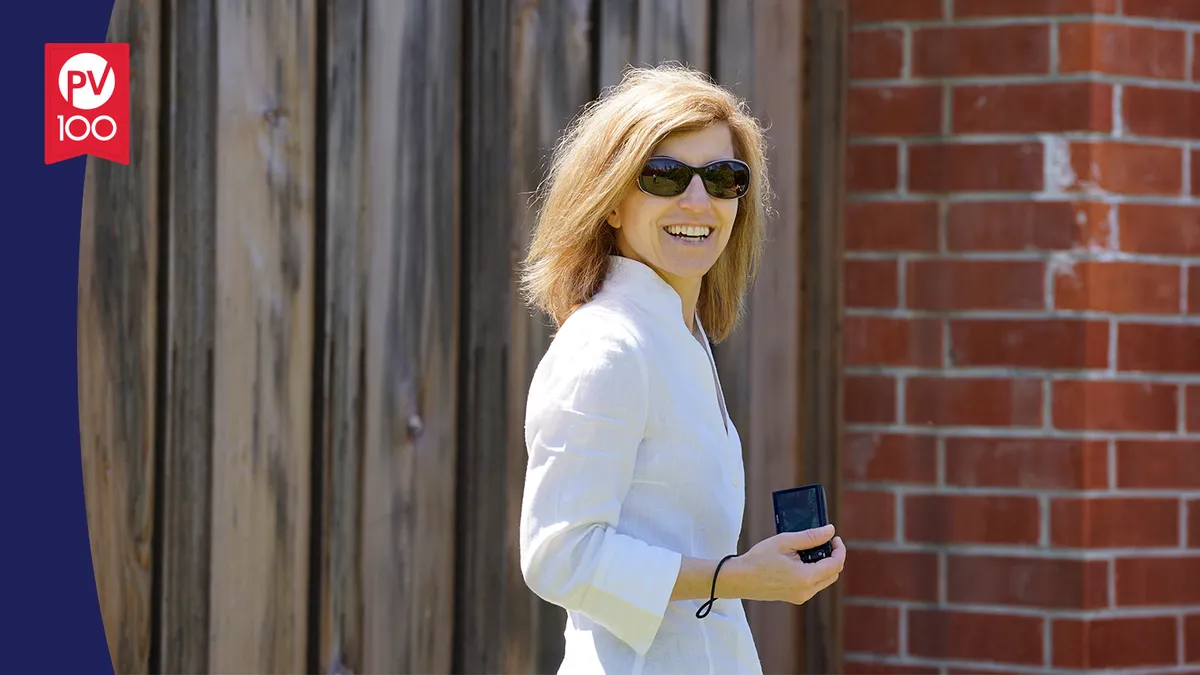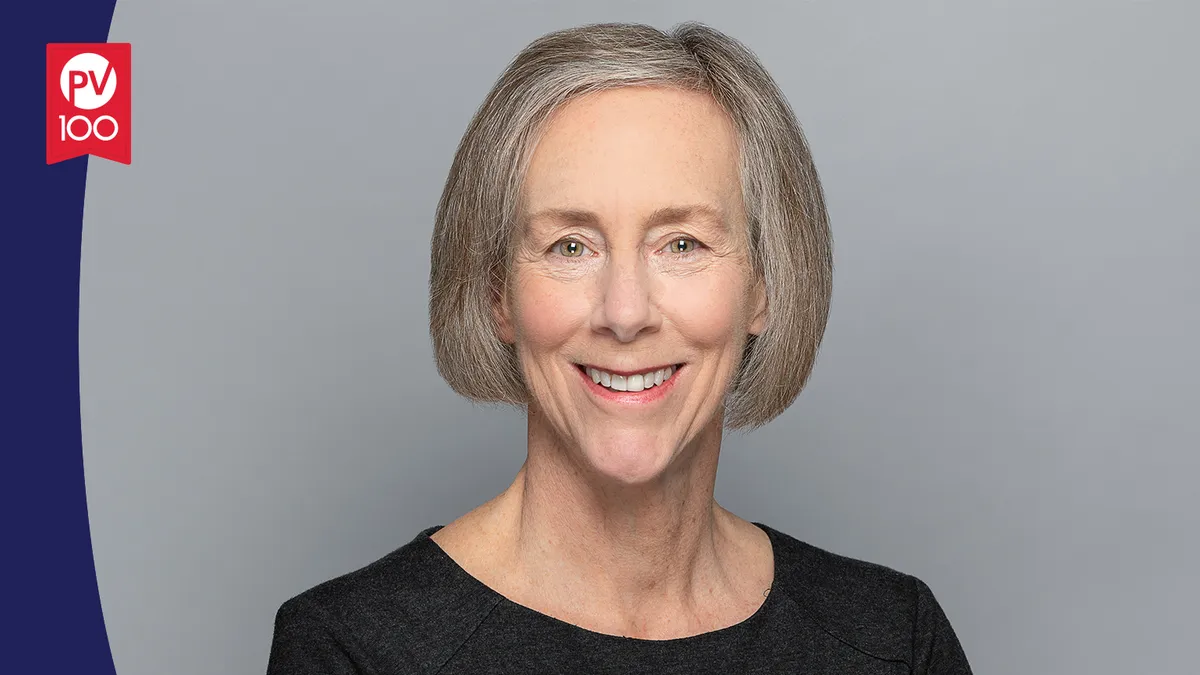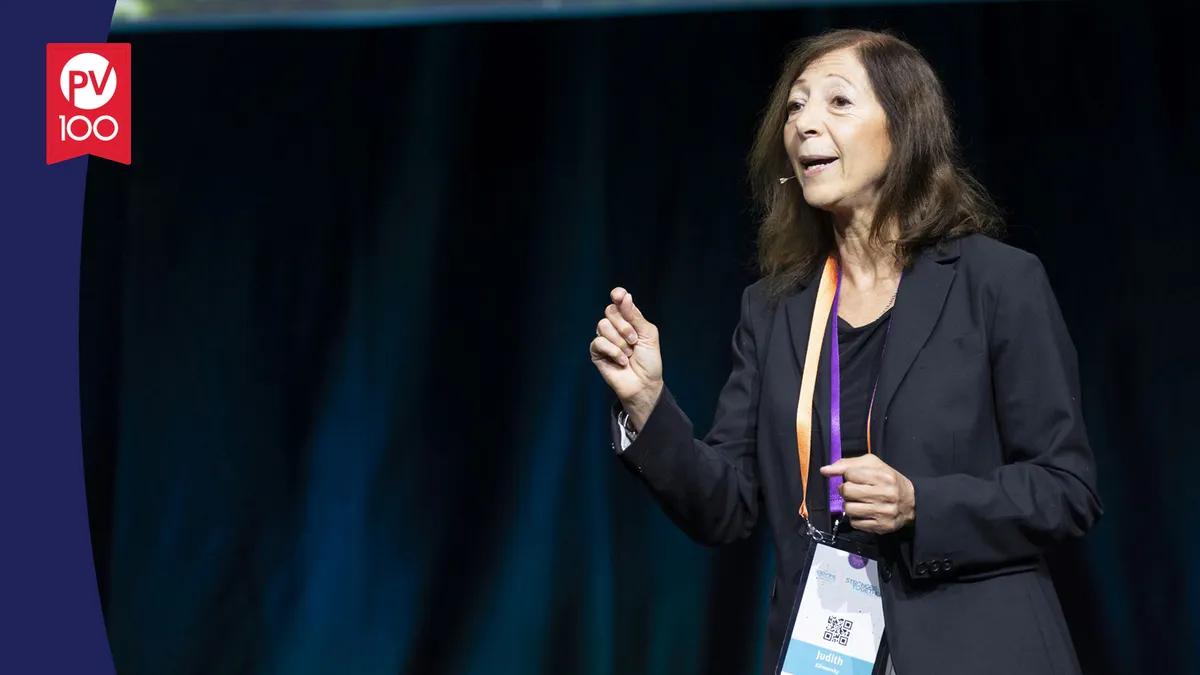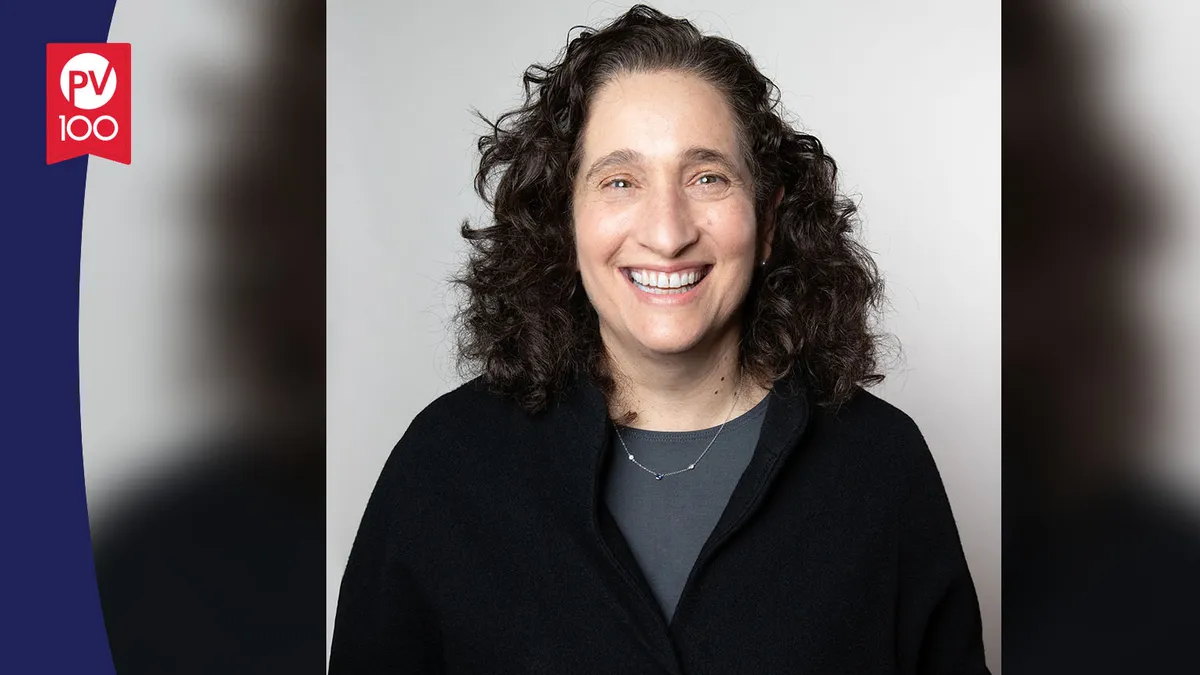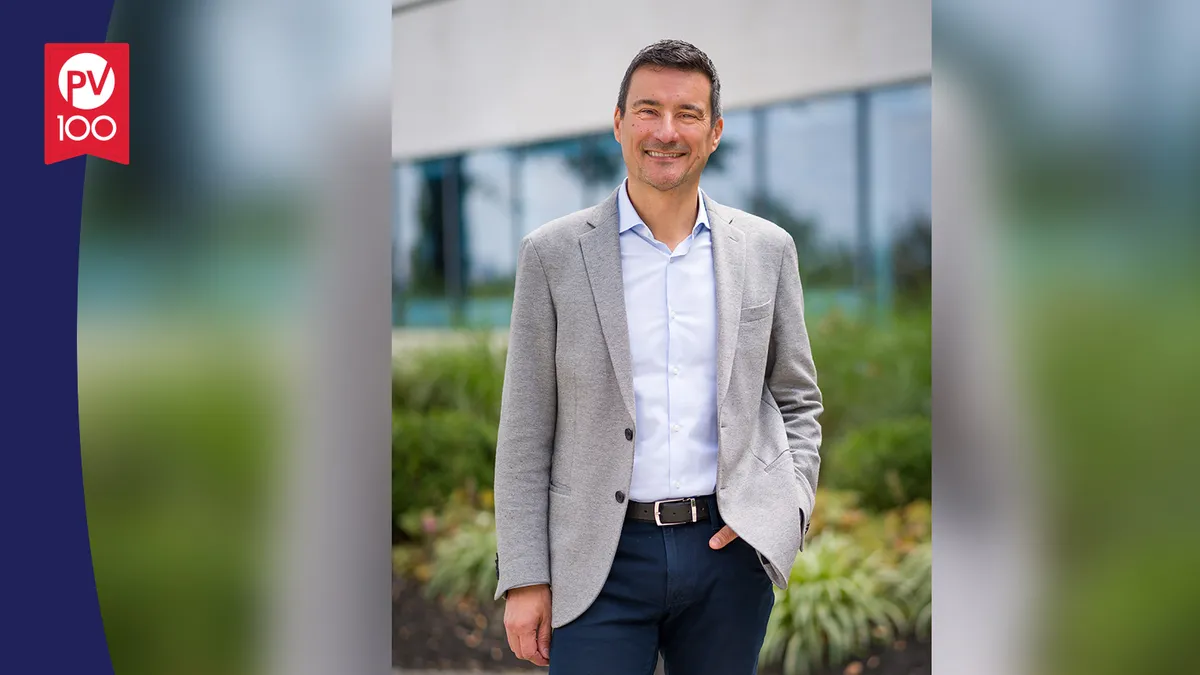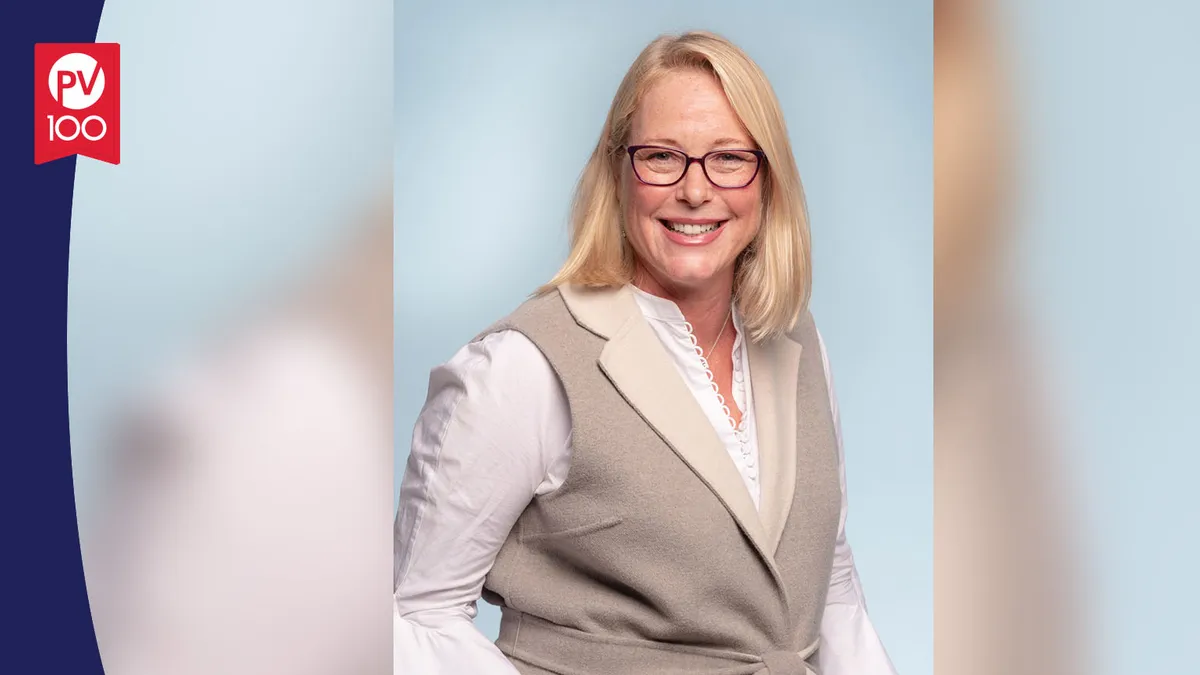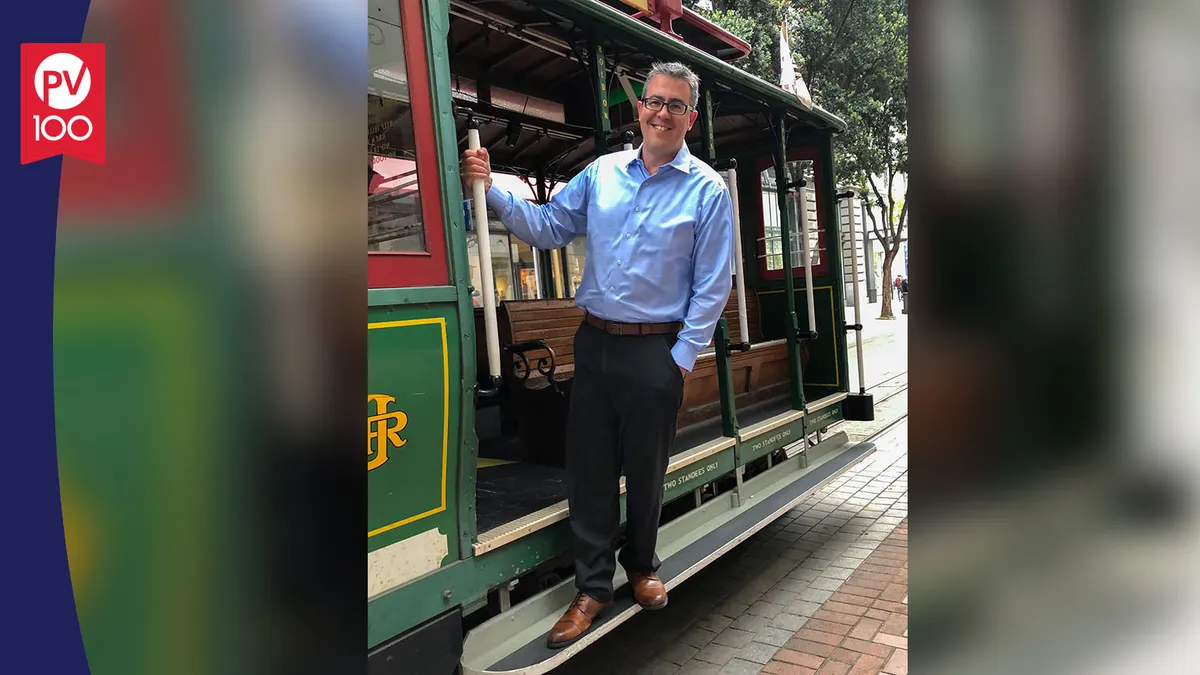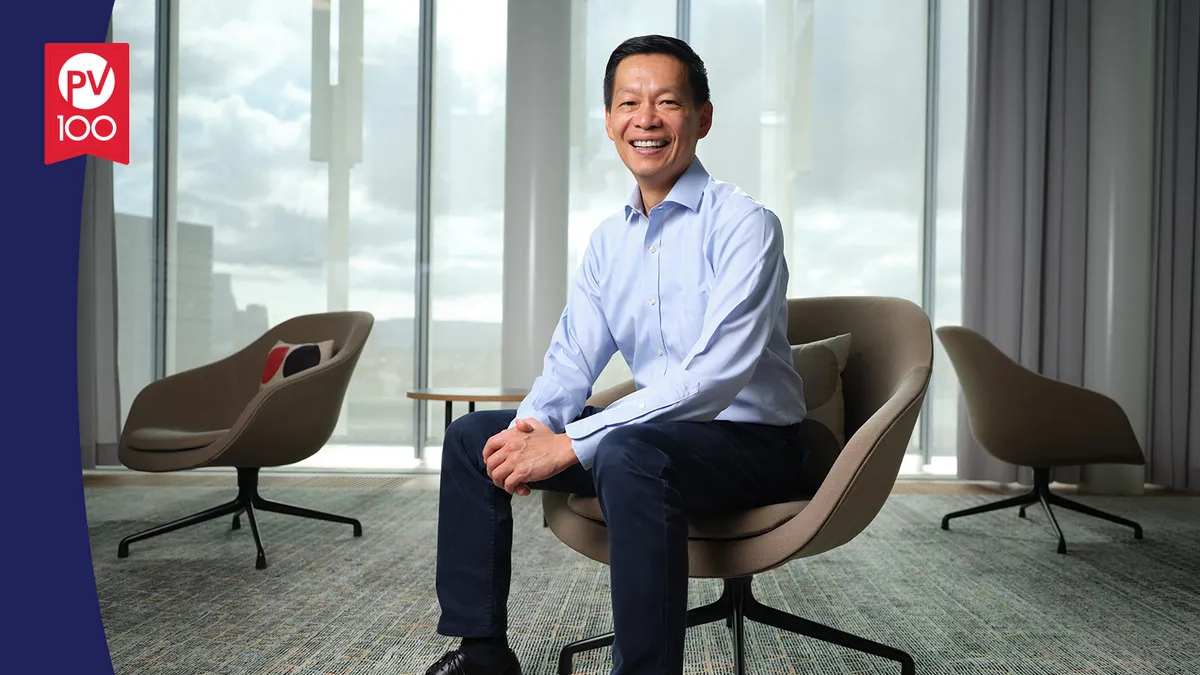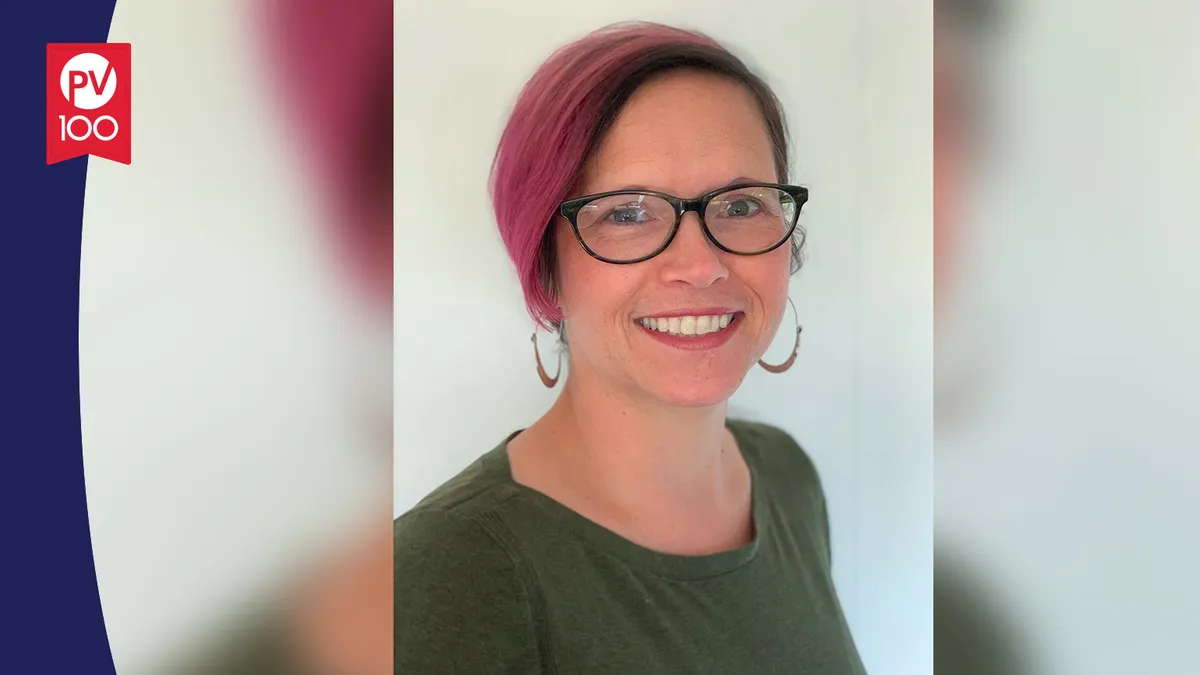Editor’s note: This story is part of our 2022 PharmaVoice 100 feature.
When Raymond Stevens went to the Himalayas to climb Mount Everest last year, he didn’t make it to the summit. Yet, the longtime pharma researcher and executive didn’t see this as a disappointment.
“He looked satisfied and at peace,” his nominator says of when Stevens described his trek up the mountain and coming up short of reaching the top. “He explained that he’d calculated the risk and concluded that just by climbing even part way up the mountain, he achieved something meaningful.”
This ability to balance the intensity needed to tackle major tasks with a calm, measured demeanor is a skill Stevens has carried throughout his long, storied career in pharma — and it’s a professional journey that’s marked by standout business wins. At its core, Stevens’ story is one of a scientist who has stayed devoted to an innovative approach to drug discovery, a nominator says.
“Our contacts and collaborations resulted from joint interest in a challenging class of proteins known as G-protein coupled receptors (GPCRs),” a nominator says of working with Stevens during his more than 20 years as a tenured professor at The Scripps Research Institute. “His ultimate goal was to enable the area of high throughput structural biology of GPCRs, and he and his students now account for the majority of structural studies in this very important area of human physiology and disease with over 100 unique human GPCR structures now determined.”
The GPCRs identified by Stevens and his team include receptors for adrenaline, dopamine, glucagon, chemokines and more. These discoveries opened Stevens up to a new world of drug development opportunities.
“GPCRs are the biggest target class among all proteins for drug discovery and thus have high value for human health,” a nominator says.
Stevens put structure-based drug discovery to the commercial test when he launched a company called Syrrx in 1999. Seeing the potential of Syrrx’s work, Takeda acquired the company in 2005 and brought several drugs to market including Nesina, a treatment for type 2 diabetes. For Stevens, it was one of several successes with his scientific approach, which includes the development of a breakthrough medicine at BioMarin Pharmaceutical.
“The most meaningful item in my office is a rock from the beach given to me by my daughter when she was young. It represents curiosity, beauty, evolution and love.”
Raymond Stevens
CEO, founder, Structure Therapeutics
“[Stevens] is one the most productive and successful structural biologists who has translated basic science to real therapeutics with a total of five marketed drugs, two research institutes, several NIH Centers and several biotech companies,” a nominator writes.
However, Stevens knew that the science had the potential to make a bigger impact, and with that goal in mind he moved his family to Shanghai to “be at the forefront of cutting-edge research and technology,” a nominator says.
The time overseas led to new endeavors for Stevens including the launch of the iHuman Institute of ShanghaiTech and his latest company, ShouTi, now known as Structure Therapeutics, in 2018.
“By founding Structure Therapeutics, he was able to create a company that seeks to tackle significant global health access to small molecule therapies,” a nominator says. “He’s particularly motivated by the progression of biology that’s led to a series of therapeutics that are based on biologics and peptides. This evolution has trickled down into other therapeutic areas and affects the relationship between the high cost of drug development and the high cost of medicines that many companies can get away with.”
With a focus on replacing validated biologics with small molecule options, Structure Therapeutics’ pipeline now includes drugs for type 2 diabetes, obesity, pulmonary hypertension and pulmonary fibrosis in preclinical to phase 1 development.
To advance the company’s mission, Stevens was able to recruit top talent from the competitive pool of scientists in Shanghai and San Francisco. Part of what makes Stevens an attractive boss is his commitment to mentoring and his ability to “motivate and inspire people, especially the younger generation,” a nominator says.
Yet, throughout his endeavors, Stevens’ path to success has been marked by the bridges he’s built between sometimes disparate worlds.
“Perhaps [Stevens’] biggest strength is his ability to understand and appreciate the worlds of scientific discovery, business and finance at the highest level,” a nominator says. “He is one of the few people I know who understands these different worlds intuitively, which is a unique and invaluable asset.”


